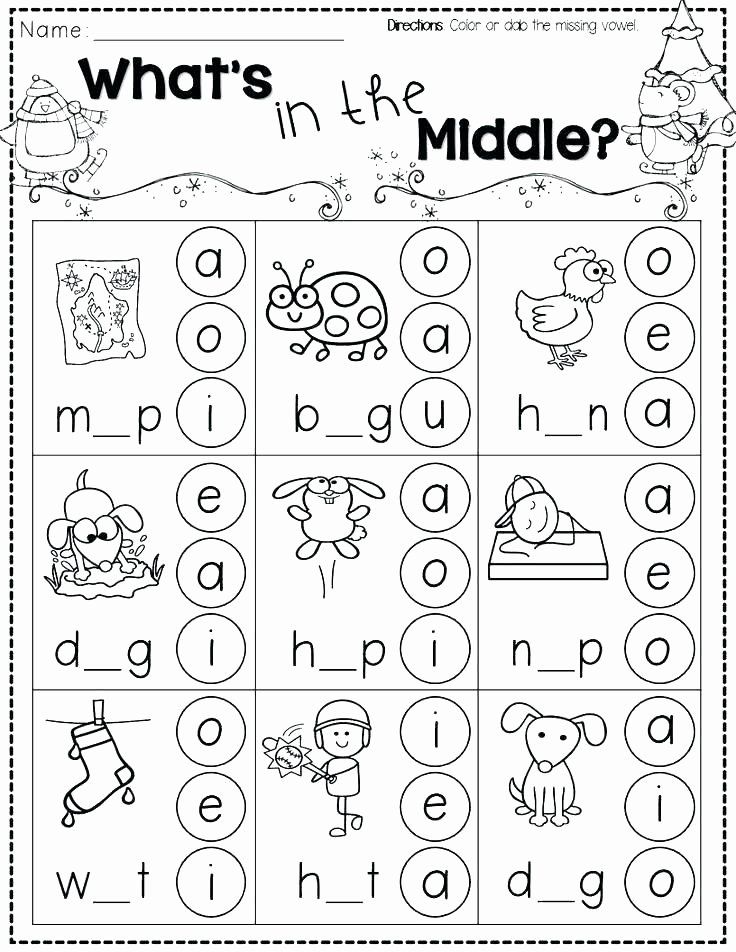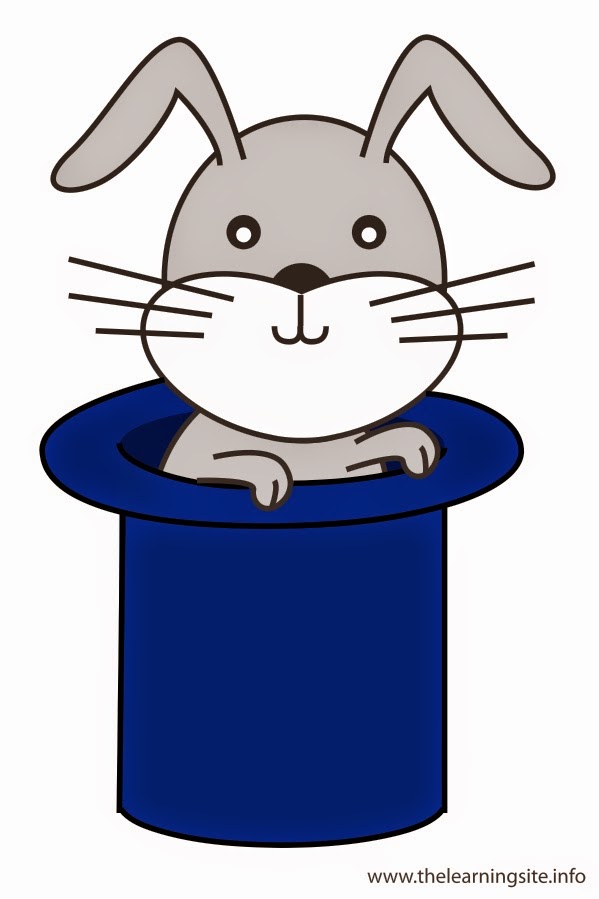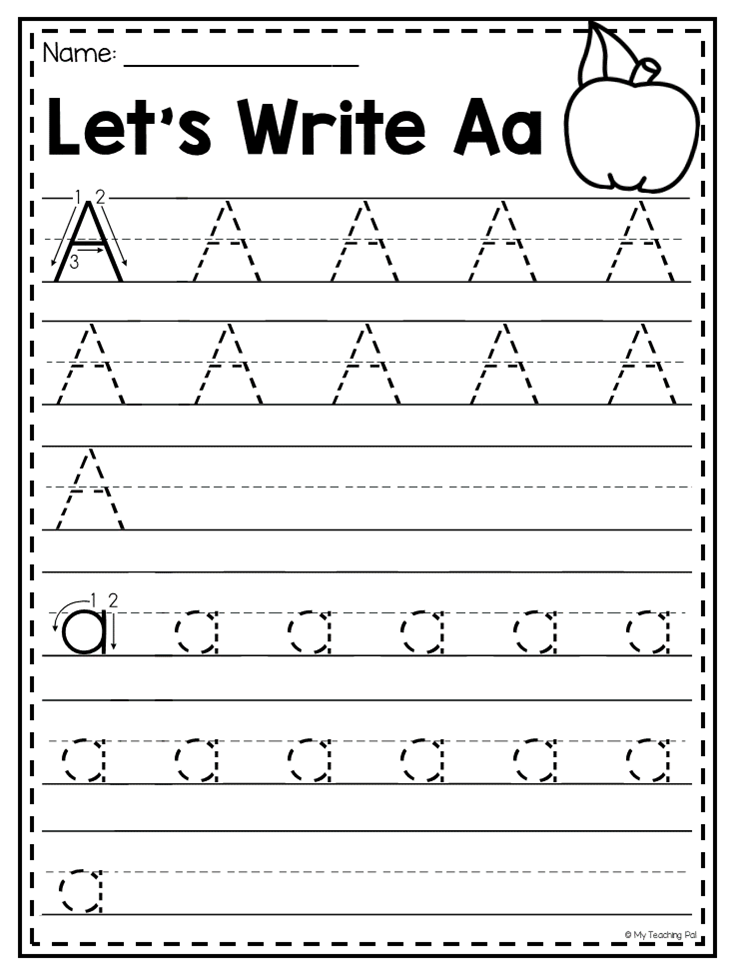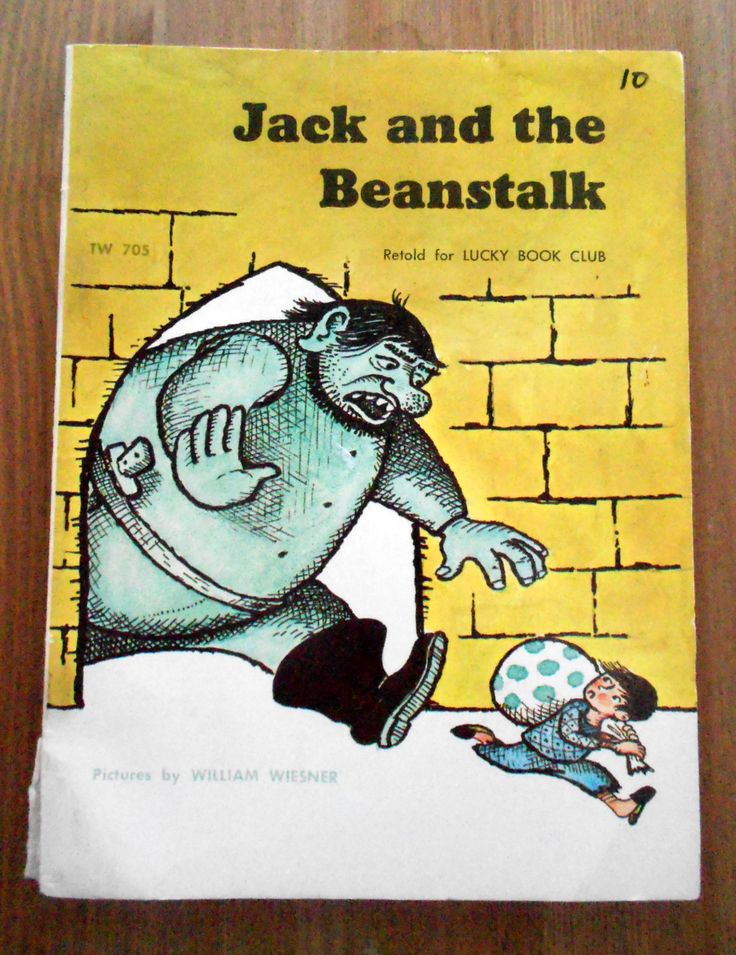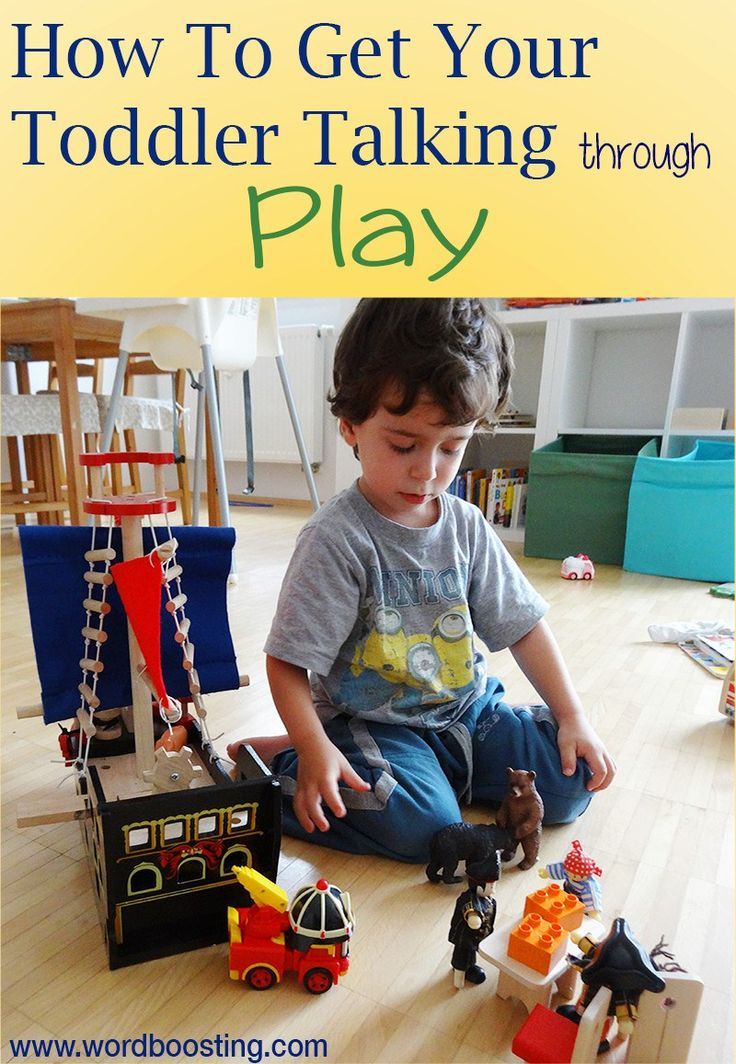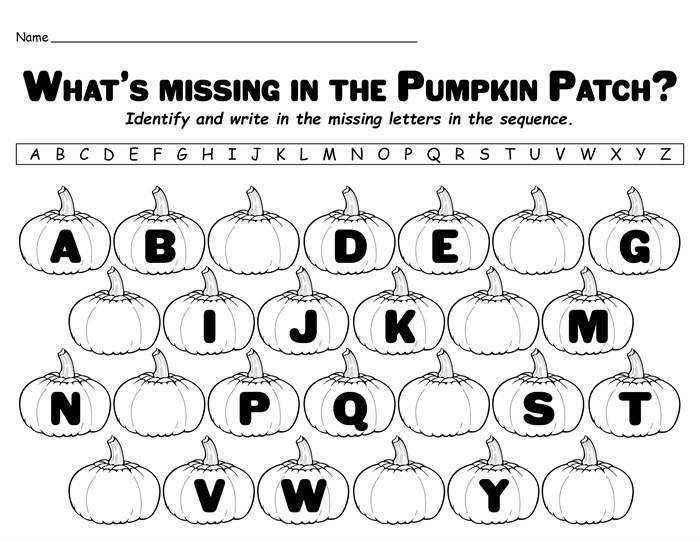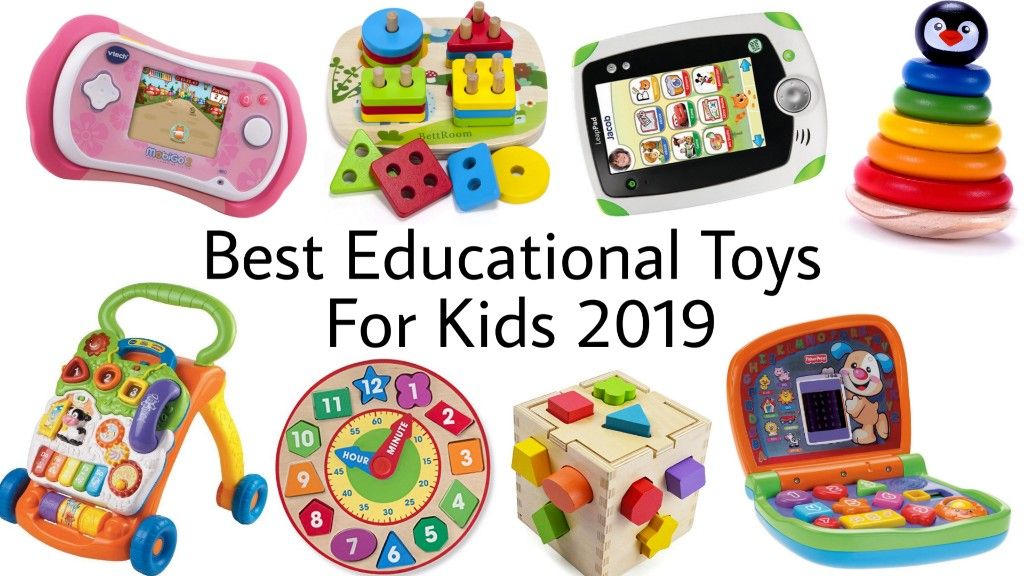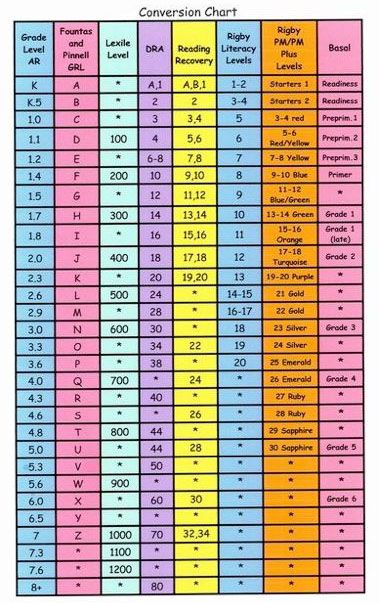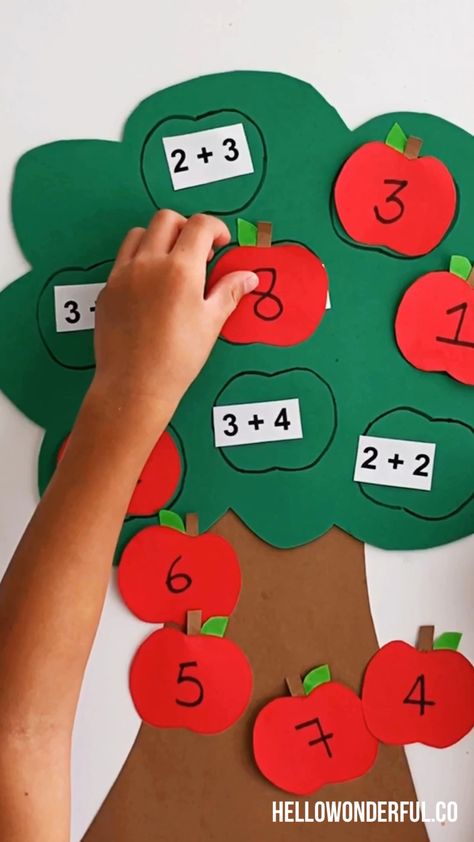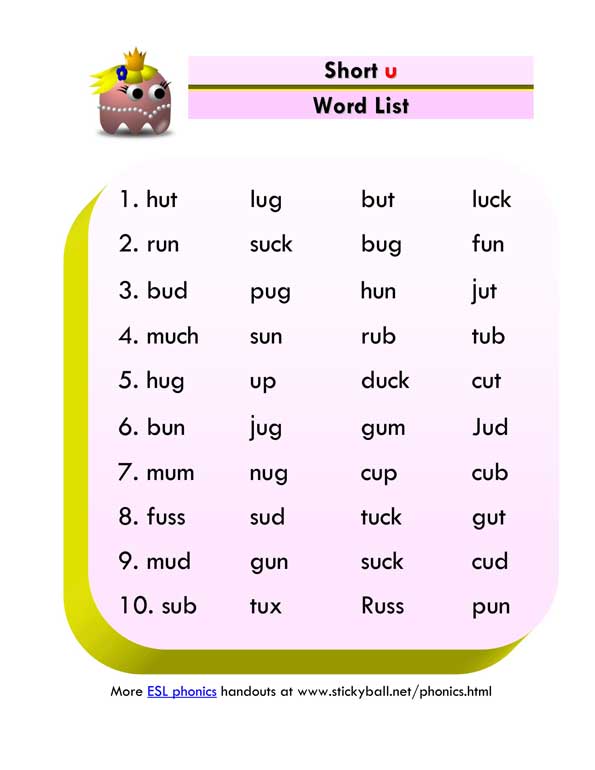Sound activities for preschoolers
10 Sensational Sound Activities for Preschoolers
542 shares
- Share
- Tweet
I love these fun ways to explore sound with kids! Fantastic hands-on learning. 10 sensational sound activities for preschoolers. Young children are fascinated by the senses. Sight and touch are easy to explore; sound requires a little bit more thought. These activities help kids notice, explore, and think about the sense of sound.
Some links on this site are affiliate links and as an associate I may earn a small commission at no cost to you. Click on the images and blue text to be taken to links. Thank you! Learn more.
What You'll Find on This Page
This post started when Anna took some glitter and sequins Craft Project Ideas sent us and used them to create a simple sound game. I decided to share her activity along with nine other favorite ways to explore sound with kids.
Sound Activity #1: Guess the Sound
This is the game Anna came up with! She used paper plates and sequins, glitter, and beads, but you can use anything. Dried beans, rice, and pasta are three options that you can find in the kitchen – you can even still cook them after this activity!
Here’s a video of Anna’s game in action. If you are looking for a more durable version of this game, try our DIY maracas!
View this post on Instagram
A post shared by MaryAnne (@mamasmiles)
Sound Activity #2: Shaker Eggs
DIY shaker eggs are a favorite from this blog! Take those leftover plastic Easter eggs and fill them with anything you like.
Sound Activity #3: Exploring Pitch
What makes a musical note higher or lower? Try these pitch activities to find out!
Sound Activity #4: Junk Jam Music
I love that this activity gets the kids outside! Mosswood Connections has instructions to create your own junk jam center in your backyard.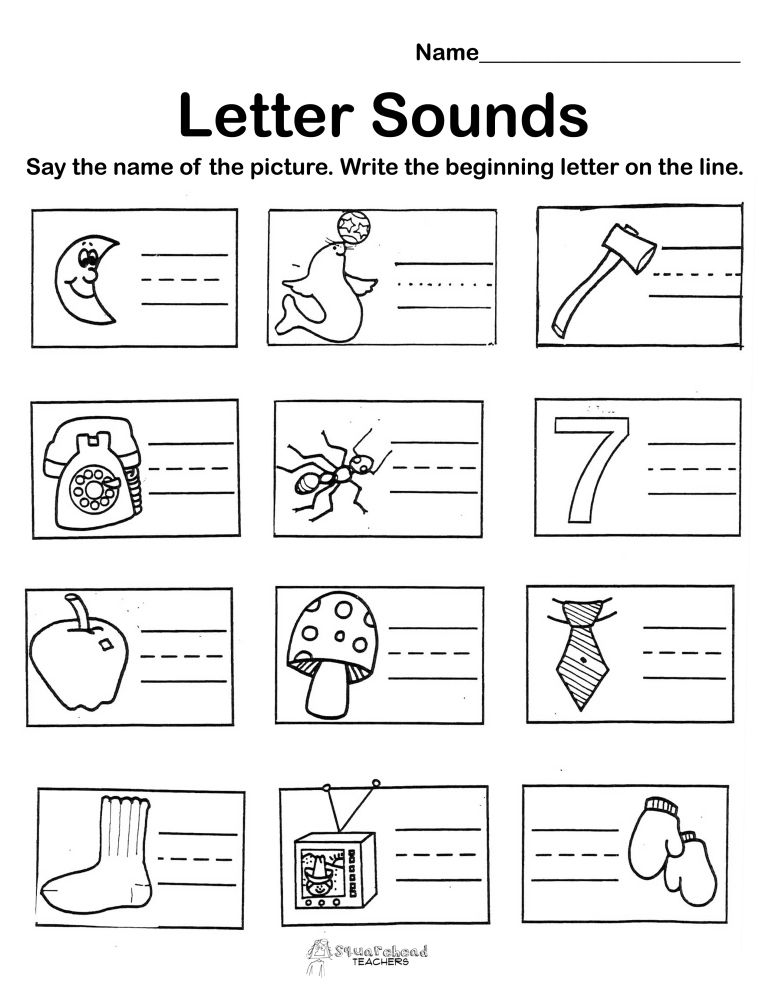
Sound Activity #5: Make a Kazoo
Kazoos are easy to make and fun to use! Buggy and Buddy has fun instructions on how to make your own kazoo.
Sound Activity #6: Make a Rain Stick
Rain sticks are delightful! I especially love this rain stick from Rhythms of Play, because you can see how it works!
Sound Activity #7: Wind Chimes
Wind chimes are an easy way to get kids curious about sound! Here is a beautiful DIY wind chime you can hang on your wall. Amazon has several fun wind chime sets. Tuned sets are especially pleasing to listen to.
Sound Activity #8: Go on a Music Field Trip
We are very lucky because our local community often has concerts that are just for preschoolers! Buggy and Buddy has a great printable for sound walks.
Sound Activity #9: Sound Waves Experiment
Edventures with kids has a fantastic science of sound waves experiment your kids will love. All you need is a ruler, spoons, and a little yarn. Buggy and Buddy has a similar sound experiment using a wire hanger and string.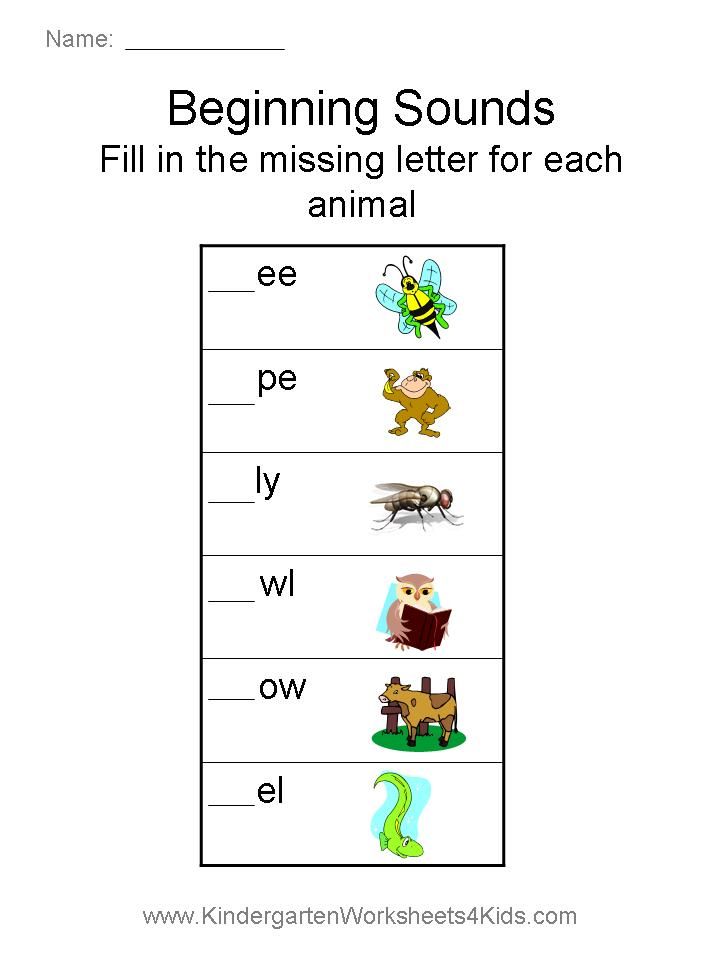
Sound Activity #10: Play with Music
Music is one of the most exciting ways to explore sound with kids! This post full of musical activities for toddlers is a great starting point. This video from Nancy Kopman is an adorable introduction to harmony for kids.
Did you know that music is also a great parenting tool? I’m a music geek, but my non-musician friend Amanda over at The Educators’ Spin On It agrees. She shares some tips any parents can use to incorporate music into everyday parenting.
Do you have any favorite sound activities for preschoolers that we should try? Please share in the comments below, or on my Facebook page. You can also tag me on Instagram – I would love to see photos of this activity if you try it with your kids!
MaryAnne Kochenderfer
Website
MaryAnne lives is a craft loving educator, musician, photographer, and writer who lives in Silicon Valley with her husband Mike and their four children.
542 shares
- Share
- Tweet
16 Fun Sense of Hearing Activities for Preschoolers
- Share
These sense of hearing activities will help you explore the senses with children in a fun and interesting way.
Whether you are simply looking for some sensory development ideas or trying to teach the concept of senses through a preschool theme, these ideas are a great starting point.
How do you teach sense of hearing to preschoolers? The following 16 activities are like “music to your ears” when it comes time to plan!
1. Guess That Sound
Show children a variety of small objects: coins, sand, dry macaroni, paperclips, cotton balls and dry rice.
Give them a chance to manipulate small buckets of these objects. Then, using plastic hollow eggs or balls, fill two of each with those same objects.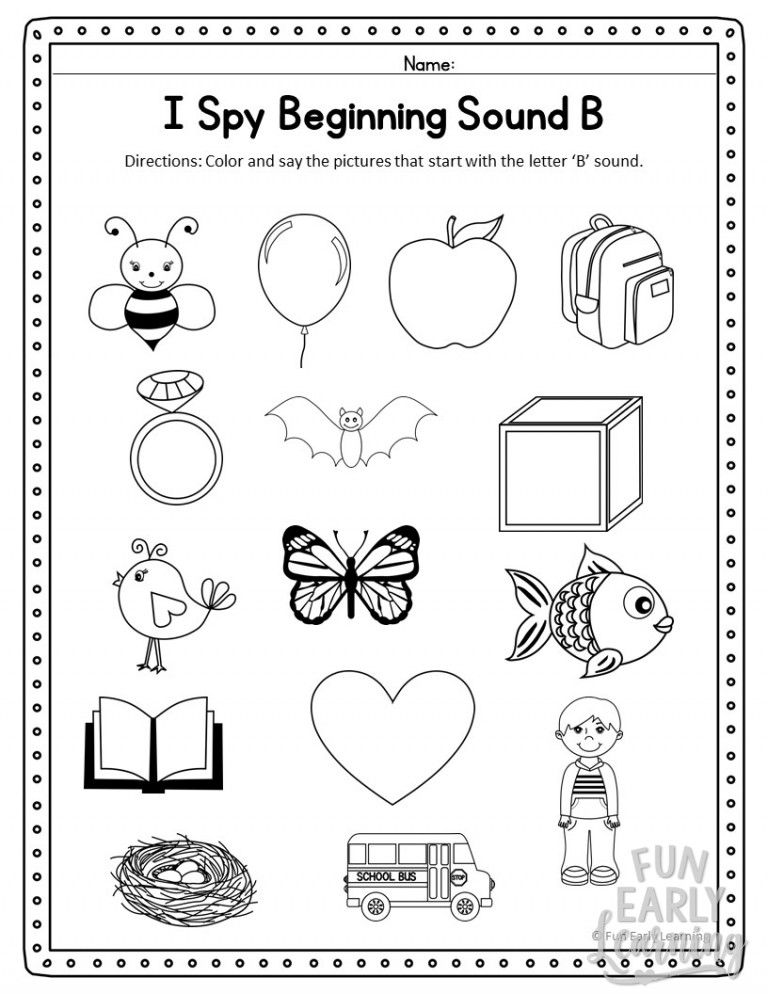
Get the kids to shake them and try to find the eggs with matching sounds, also attempting to name which objects they contain.
2. Match That Tone
Give children time to explore with play xylophones and mallets.
After they become familiar with how they work, face the children and set up a barrier between you. Play one note/tone at a time and challenge the kids to find the same note to play on their own xylophones.
This post contains affiliate links for educational products that I personally recommend. If you purchase through one of them, I earn a commission at no extra cost to you. Read the terms and conditions for more details.
3. Learn about Sign Language
Share picture books with children from the Moses Goes to series by Isaac Millman.
The little boy, Moses, is deaf and communicates with his deaf friends through American Sign Language.
Kids can learn the signs for many words and ideas.
4.
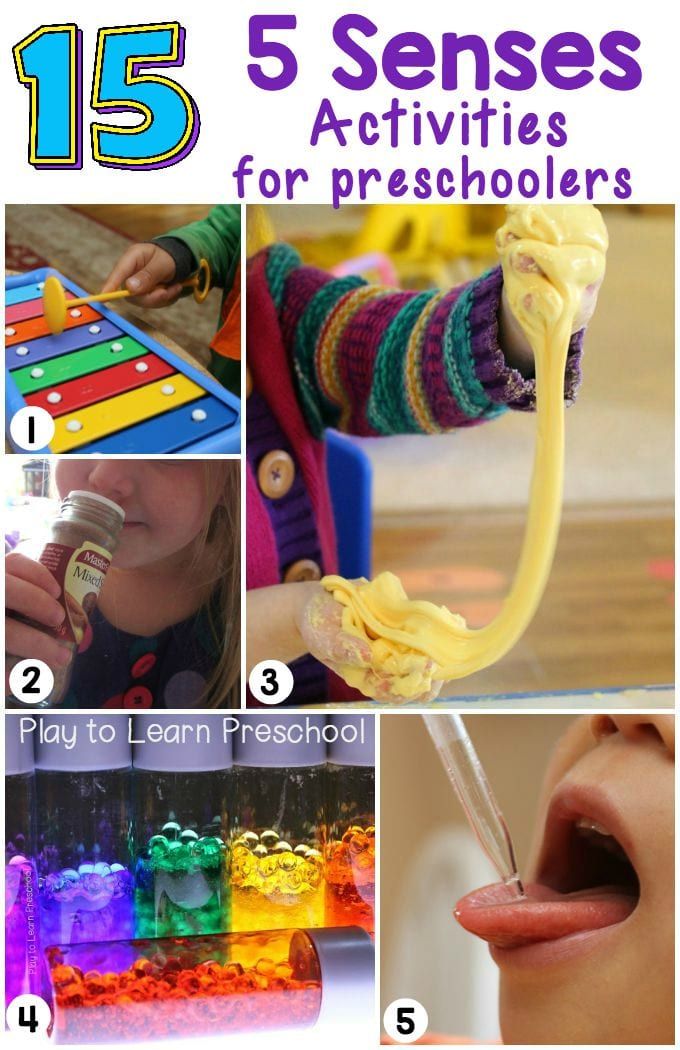 Learn about Hearing Aids
Learn about Hearing AidsShare the picture book Gracie’s Ears by Debbie Blackington (watch it here on YouTube).
This rhyming story follows a little girl who is hearing challenged as she is fitted for hearing aids and then experiences the wonders of hearing everything around her.
5. Go on a Hearing Hike
Set out on a hike in the park, neighbourhood or garden.
Challenge the children to listen for and name the sounds they hear: birds singing, cars driving past, an airplane moving across the sky, a fire engine in the distance, or a train chugging along the tracks.
Especially if the source is something they cannot see, encourage kids to use describing words that explain the sounds they hear.
6. Noise Detectives
Get kids to wear blindfolds or keep their eyes shut tightly. Make various noises with things around the house or classroom, and they can guess what is making those sounds.
Ideas include:
- running water into a pot
- zipping a jacket
- opening and closing a door
- placing toys in baskets
- picking up keys
- closing the window blinds.
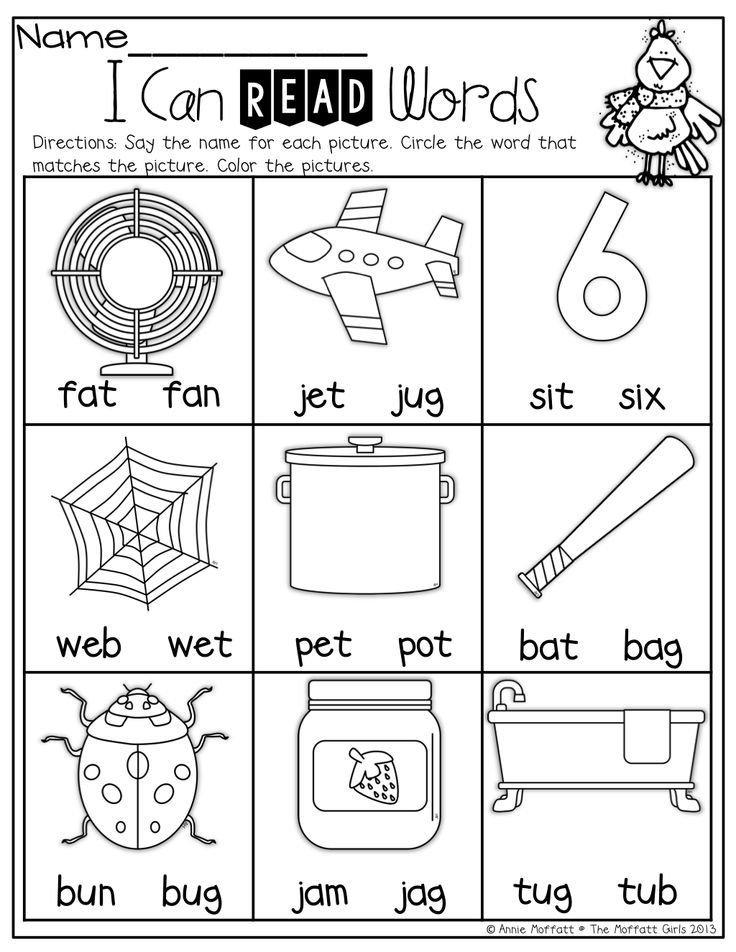
7. Loud and Soft
Using catalogues and magazines with plenty of pictures, ask kids to cut or tear out photos of things that make noise.
After each child has collected examples, make a poster with the word “loud” on one side and “soft” on the other.
Decide as a group in which category each picture’s sound fits the best and have the children help to tape or glue them in that position.
8. Drum Parade
Marching to music, children beat on toy drums or those made from various saved containers.
Challenge them to find things around the room or home to use as drumsticks to make different types of sounds, such as:
- cardboard tubes
- pipe cleaners
- drinking straws
- plastic spoons
Which sounds are the loudest or softest? Which sounds did they like the best?
9. Dance to the Beat
Show children how to listen to various music clips and then move/dance in a matching fashion: slow, fast, floating, sleepy, jazzy, spooky, and ballet-like.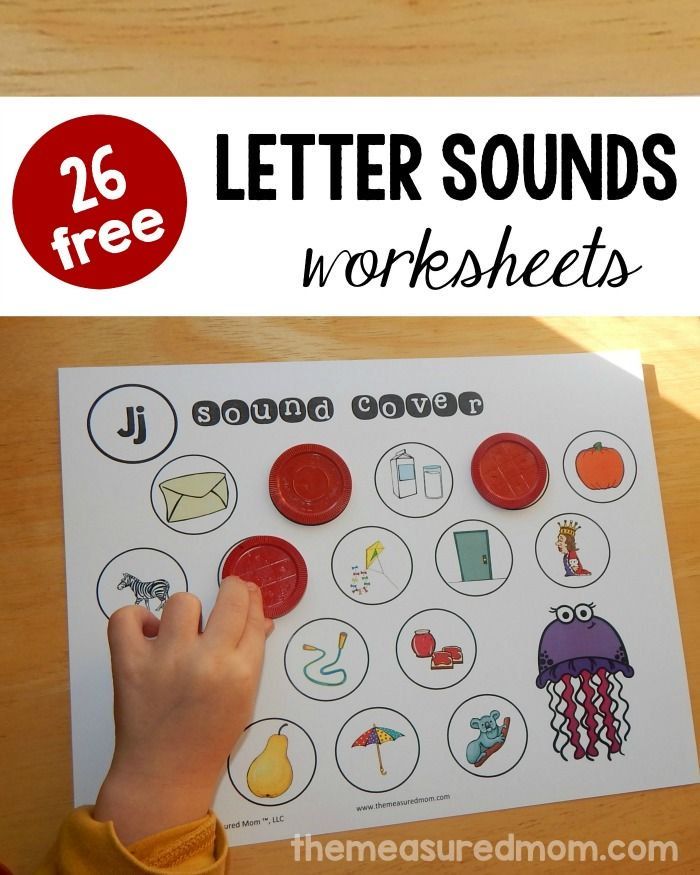
Then, play short pieces of music for the kids to hear and react with their own matching responses to the various beats.
10. Play Telephone
Whisper a word or short phrase into one child’s ear, who repeats it to the next child in line. This continues until the last person who has heard the message says it aloud.
The kids are often surprised to discover that the message has been misunderstood and changed!
Here are 100 Telephone Game phrases to try.
11. Science of Sound
How do you explain hearing to a child? Begin with exploring the concept of sound!
Sounds All Around: the Science of How Sound Works by Susan Hughes explains the vibration of sound to young kids and shows how that relates to our hearing.
12. Make Musical Instruments
For a fun sense of hearing arts and crafts project, offer a variety of loose parts for kids to make their own musical instruments.
For example, save those paper towel cardboard rolls and have the kids cover them with shiny aluminium foil, then decorate with coloured paper or tissue paper snippets.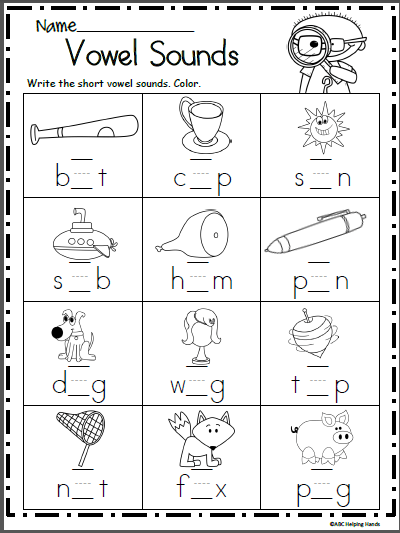
Children can also decorate plain paper plates cut in half with markers, crayons or coloured paper. Tape two together, filling with dried peas, beans, or rice before the last opening is secured to make maracas.
Search the web for ideas of other fun handmade instruments.
13. Who Said Moo?
Get children to practise listening to animal sounds by making one sound at a time and asking them to guess who makes that noise.
Include pet sounds, neighbourhood animals, creatures of the forest, animals of the jungle, and even some ocean animals that make noises.
14. I Hear with My Little Ear
I Hear with My Little Ear is a variation of “I Spy with My Little Eye” that gives children a chance to think about different kinds of sounds.
Some sounds are loud, soft, fast, sad, or even scary!
15. Listener Copy Cats
Clap or beat out a simple rhythm pattern for the children who are listening carefully. Challenge them to copy that very same rhythm.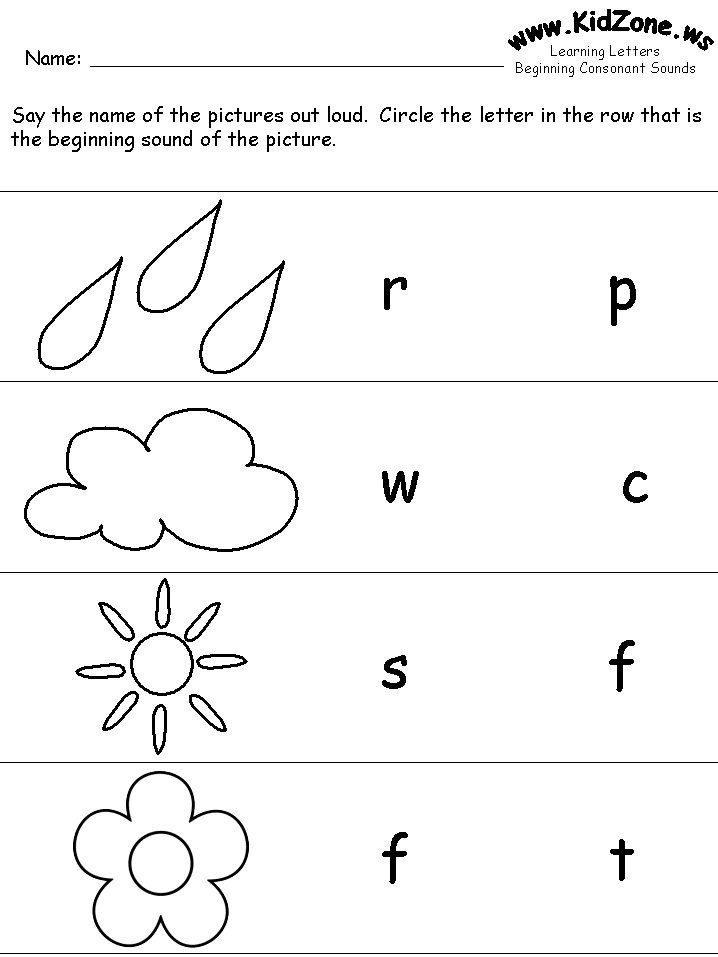
The kids can then take turns being “the leader” for the other kids to copy.
16. Draw Listening Pictures
Learning to be an attentive listener is an important aspect of hearing for young children.
Give each child a blank sheet of paper with a pencil. Tell a story that includes directions for what they should draw on their papers, one step at a time.
They can colour at the end after their basic pictures are drawn.
Here are some listen-and-draw ideas to get you started.
Beyond hearing and auditory perception, a focus on each of the following is crucial to kids’ sensory development, either through planned activities or guided sensory play.
Check out the fun for each of these areas:
- Sight
- Touch
- Smell
- Taste
- Balance (vestibular)
- Body awareness (proprioception)
Get FREE access to Printable Puzzles, Stories, Activity Packs and more!
Join Empowered Parents + and you’ll receive a downloadable set of printable puzzles, games and short stories, as well as the Learning Through Play Activity Pack which includes an entire year of activities for 3 to 6-year-olds.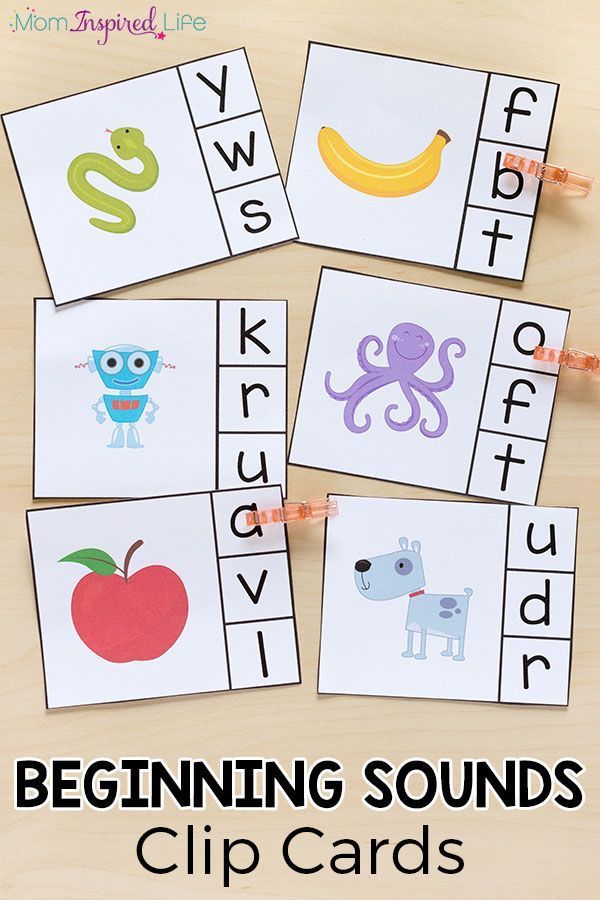
Access is free forever.
Signing up for a free Grow account is fast and easy and will allow you to bookmark articles to read later, on this website as well as many websites worldwide that use Grow.
- Share
Games-exercises for the development of the sound culture of speech of preschoolers
Correction of shortcomings in sound pronunciation and the formation of correct and clear pronunciation of sounds in preschoolers should acquire the character of a certain system. It includes, first of all, auxiliary exercises for the development of speech hearing and auditory attention, speech breathing, language gymnastics, exercises and games for the development of speech hearing and auditory attention .
Such games and exercises can be used both when a kindergarten teacher or speech therapist works, and by parents when playing games at home.
Game “Recognize the sound”
Pick up words with similar sounds [w], [s], [h], [c], [g] and offer the child: “I will name the words, and when you hear in the word [w] sound, clap your hands.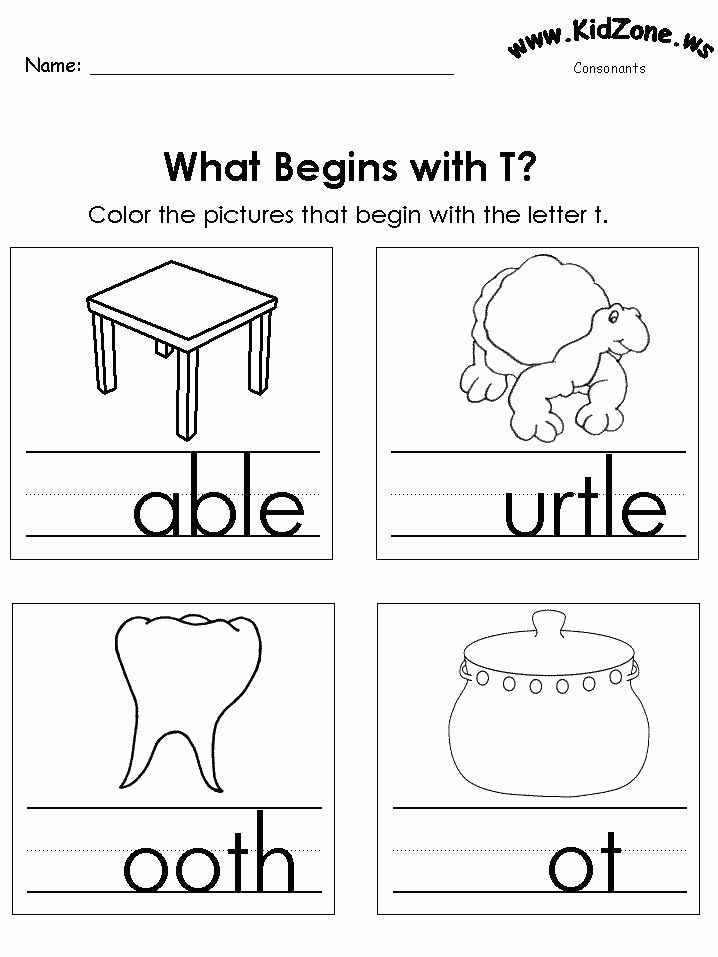 An adult calls the words: bag, noise, soup. Or words with the sound [g] (beetle, tooth, woman, castle), but the child claps his hands only when he hears the desired sound.
An adult calls the words: bag, noise, soup. Or words with the sound [g] (beetle, tooth, woman, castle), but the child claps his hands only when he hears the desired sound.
Game "Broken phone"
In a family environment, all family members, adults and children, should take part in this game. For the game, words are selected with hissing consonant sounds [g], [w], [h], [u] and sonorant sounds [l], [m], [n], [p], [d]. The leader (maybe a child) whispers a word in his ear, which is transmitted further, the latter calls the word he heard aloud. If the word is distorted, it turns out who misheard the word.
Game "Instruction"
At a distance of 5-6 meters, the child is given a whispered instruction to bring the right thing. For example: “Bring me a bowl”, “Bring Misha”, or “Show your teeth ..., lips ...”.
The game exercise “Find out what word I said” is carried out in a similar way. An adult at a certain distance (6-7 meters) pronounces a word in an undertone, the child repeats it.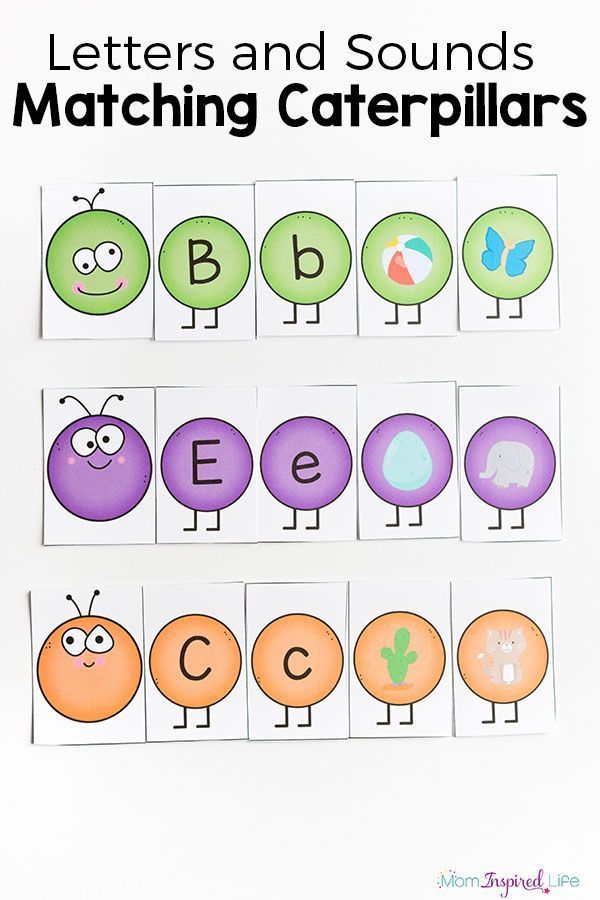
Useful for the development of auditory attention are exercises such as “Listen to what the room is talking about” (someone knocked, the door creaked, the clock strikes or moves, the noise of the refrigerator motor, the gurgling of water in the tap ...), “Listen to what the street is talking about , park, forest" (birdsong, wind noise, people's voices ...).
Language games help to effectively develop the phonemic hearing of preschoolers, reinforce the correct pronunciation, develop speech fluency, train speech breathing and muscles of the speech organs. During games, the concepts and ideas of children are clarified and consolidated, their creative imagination, thinking, and speech develop. In the future, the child perceives new material faster and easier, masters new knowledge and skills.
Birthday game
Children choose a birthday person. Everyone shows with gestures, movements and facial expressions what he gives to the birthday man, and the birthday man tries to guess.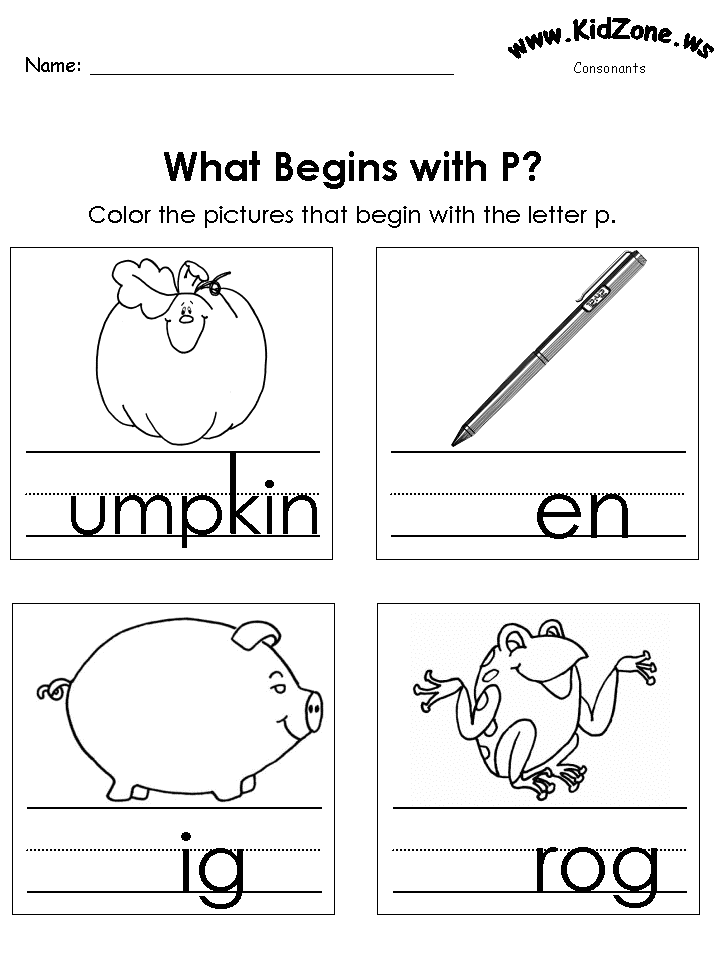
The game begins with the words: “I give…”
Show-off game
Children are divided into teams. Each team plans a word and, using non-verbal means, presents the word to the other team, which must guess it.
Window game
Players stand opposite each other. The teacher says: “Imagine that you are separated by a window with very thick glass. Attempts to scream are in vain - the partner will not hear you. But he needs to tell a very important news. Try to communicate the content of the conversation to your partner without saying a word. After that, he tells the children the task in his ear - the news that needs to be conveyed.
The game "Chain"
The first child names the object, the second - its properties, the third - a new object with the same properties, the fourth - another property of the new object, and so on. For example: carrots - sweet carrots - sugar is sweet - sugar is white - snow is white.
Advertisement Making Game
Invite the children to make an advertisement for any fairy-tale thing or product or item.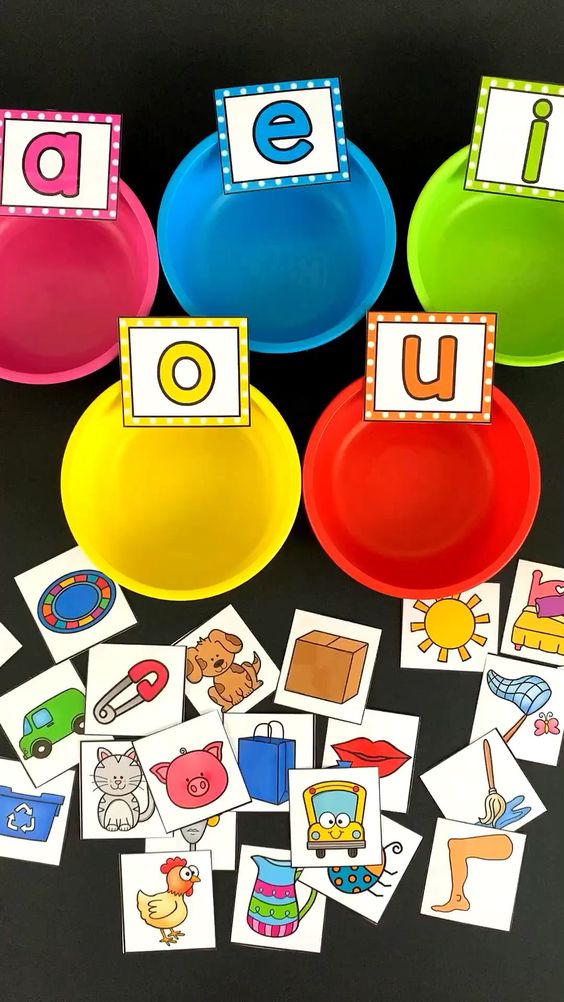 Make a drawing and think over a verbal defense of your creative work.
Make a drawing and think over a verbal defense of your creative work.
Picture game
Everyone sits in a circle. One holds a blank sheet of paper in his hands and tries to present a painted picture. He begins to describe it in detail. Then he passes the sheet with the imaginary picture to another, who continues the imaginary description.
Collection of speech exercises aimed at the formation of the sound culture of speech of children of middle preschool age
Ministry of General and Vocational Education of the Sverdlovsk Region
State Budgetary Educational Institution of Secondary Vocational Education of the Sverdlovsk Region
"Kamyshlov Pedagogical College"
Collection of speech exercises aimed at forming the sound culture of speech of children of middle preschool age
44.02.01 "Kamyshlov Pedagogical College" 43 groups, specialty: 44.02.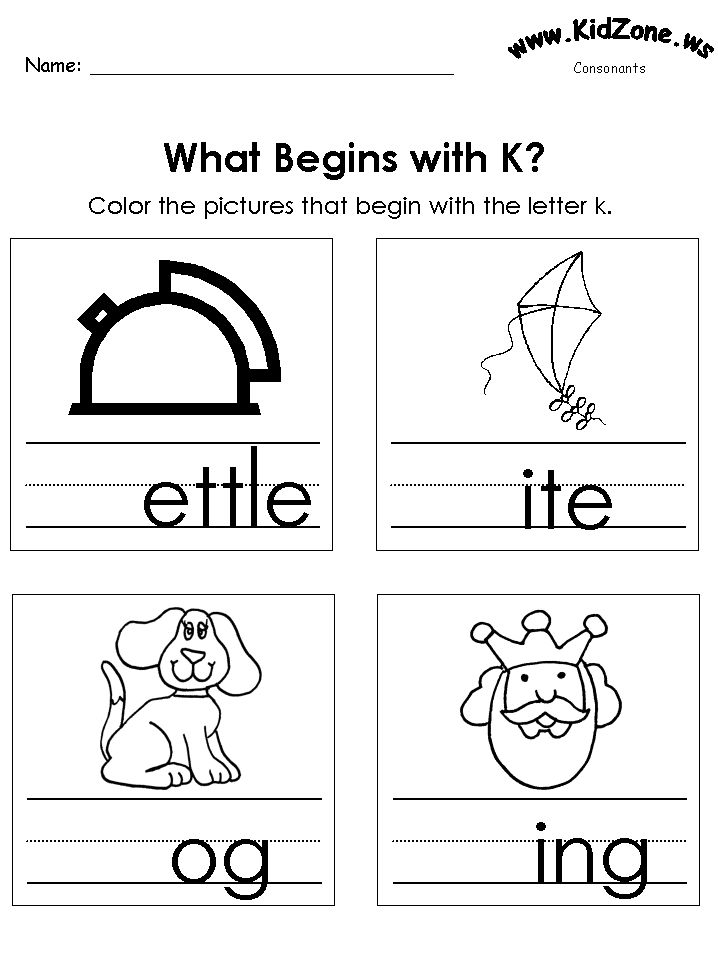 01 Preschool education.
01 Preschool education.
©GBPOU SO "Kamyshlov Pedagogical College", 2017
Explanatory note
This collection is intended for employees of preschool educational institutions, educators and methodologists, as well as for parents interested in the development of speech of preschool children. This collection presents games and exercises for the development of the sound culture of children's speech. Games and exercises were developed by O.S. Ushakova and E.M. Strunina, M.M. Alekseeva, B.I. Yashina.
The solution of problems related to teaching the native language and the development of speech of children of primary, middle and senior preschool age is carried out in accordance with the exemplary general educational program of preschool education "from birth to school" in the following areas: education of sound culture of speech, vocabulary work, formation grammatical structure of speech, the development of coherent speech.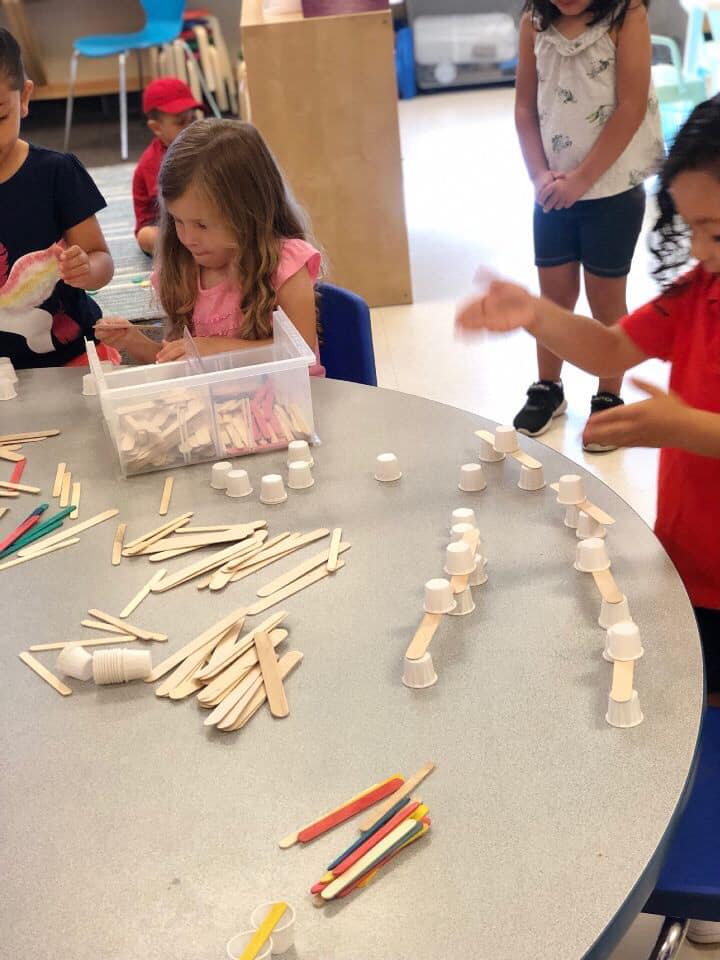 Particular attention is paid to solving the priority areas of each speech task of the diploma project on the formation of a sound culture of speech in children of middle preschool age.
Particular attention is paid to solving the priority areas of each speech task of the diploma project on the formation of a sound culture of speech in children of middle preschool age.
In the education of the sound culture of speech, this is the awareness of the phonological means of the language, the intonational expressiveness of speech. The development of the sound side of speech is closely related to teaching a child to read and write, the ability to recognize the place of a sound in a word, to isolate sounds hissing, whistling, sonorous, hard and soft, vowels and consonants. All these skills are necessary for the child to continue learning to read.
It is recommended to conduct classes on the differentiation of sounds using play material accessible to children, conducting exercises in the form of games: with pictures, toys, onomatopoeia, with elements of movement, with singing; reading and memorizing poems, jokes, nursery rhymes, tongue-twisters.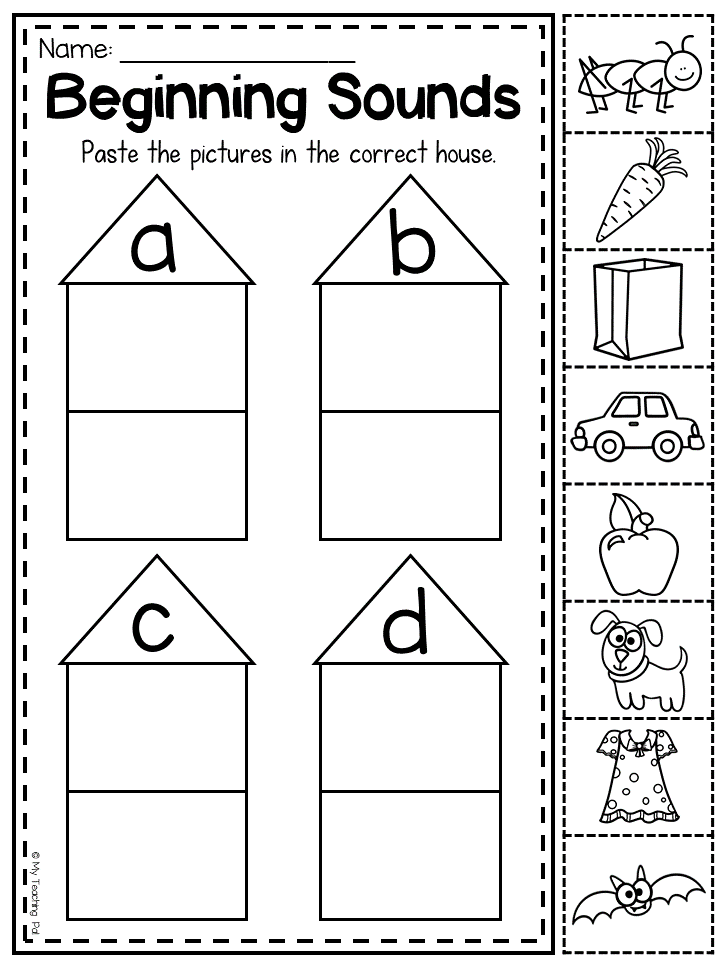
3 section “Exercises for work on diction, pace and rhythm of speech, speech breathing, voice power and intonation expressiveness”
9000 9000
140100 9000 9000 9000 9000 9000 9000 9000 9000 9000 9000 9000 9000 9000 9000 9000 9000 9000 9000 9000 9000 9000 9000 9000 9000 9,0005 9000 9000
Section 1 "Exercises for the development of auditory attention, mobility of the speech motor apparatus of children"
Exercise "Sun or rain?". Purpose: To develop in children the ability to switch auditory attention.
Brief description: The teacher says to the children: “Now we will go for a walk. We go for a walk. There is no rain. The weather is good, the sun is shining, and you can pick flowers. You walk, and I will ring a tambourine, it will be fun for you to walk to its sounds. If it starts to rain, I will start to knock on the tambourine, and you, having heard the knock, must run into the house.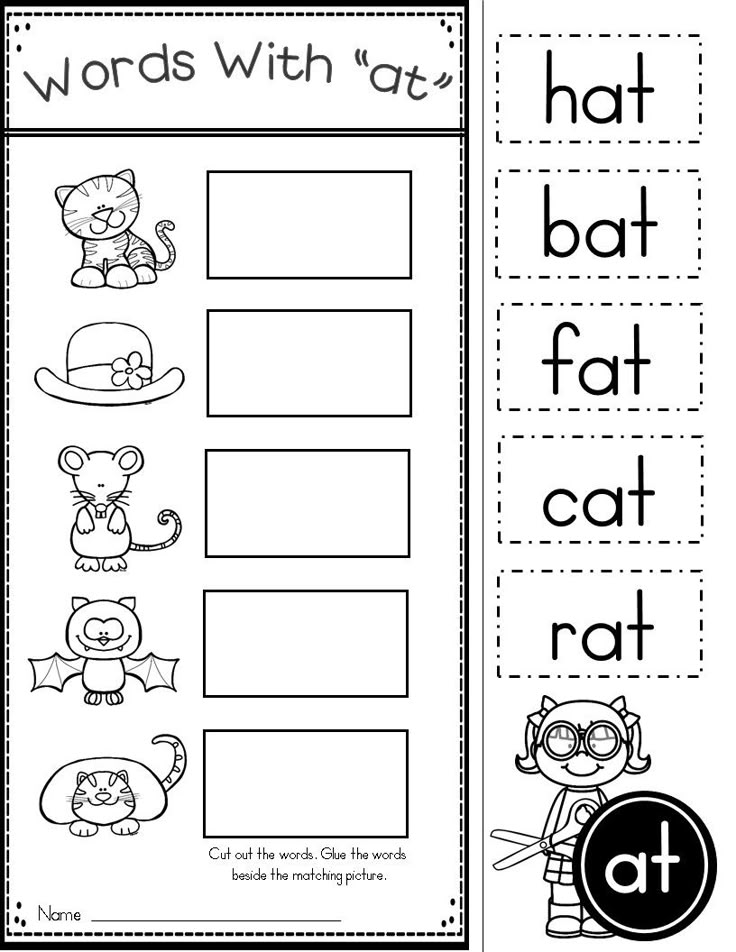 Listen carefully when the tambourine rings, and when I knock on it. The teacher conducts the game, changing the sound of the tambourine 3-4 times.
Listen carefully when the tambourine rings, and when I knock on it. The teacher conducts the game, changing the sound of the tambourine 3-4 times.
Exercise “Guess who is screaming”. Topic: Teaching children the ability to focus auditory attention.
Purpose: To teach children to identify toys by onomatopoeia.
Brief description: The teacher takes out the prepared toys (one at a time), plays them, imitating the cry of the corresponding animals, then asks the children to listen and guess by the voice who will come to visit them. The child chosen by the teacher leaves the door and, opening it slightly, gives a voice, imitating one of the animals, and the children guess who it is. The game can be repeated 5-6 times. It is necessary to ensure that children listen carefully, activate them with questions.
Exercise “Guess who is coming”. Topic: Teaching the ability to determine the tempo of the sound of the tambourine.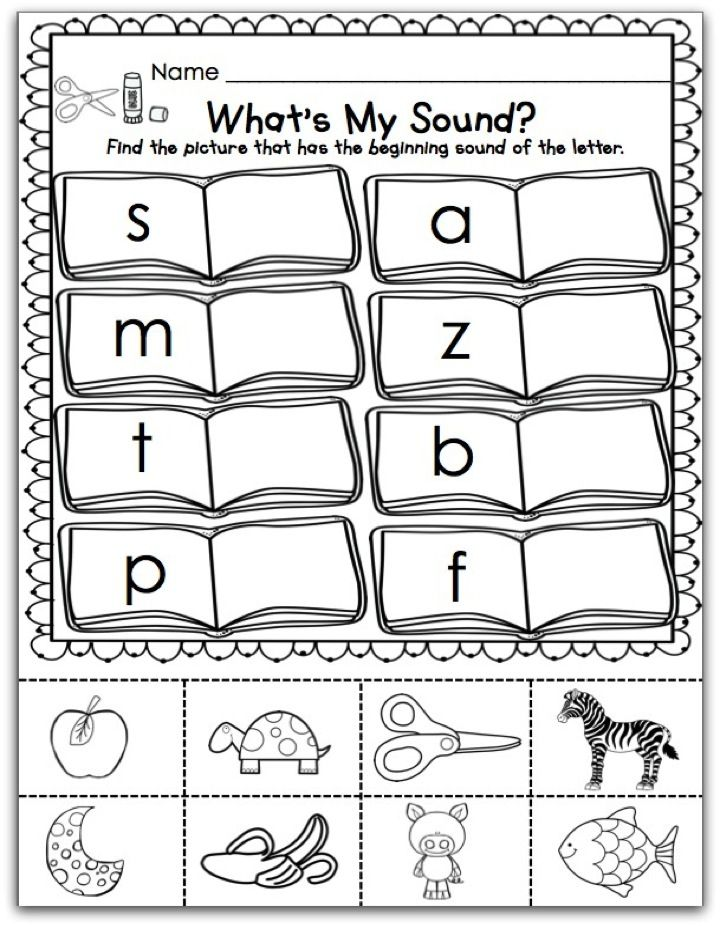
Purpose: To teach children to perform actions according to the tempo of the sound of the tambourine.
Brief description: The teacher shows the children a picture of a heron and says that her legs are long, she walks importantly, slowly, as slowly as a tambourine sounds now. The teacher slowly taps the tambourine, and the children walk like herons. Then the teacher shows a picture on which a sparrow is drawn, and says that the sparrow is jumping as fast as the tambourine will sound now. He quickly knocks on a tambourine, and the children jump like sparrows. Then the teacher knocks on the tambourine, all the time, changing the pace, and the children either walk like herons, or jump like sparrows.
Guidelines: Change the tempo of the tambourine should not be more than 4-5 times.
Section 2 “Exercises for the formation and consolidation of sounds, forming the correct sound pronunciation”
Exercise “In the yard”.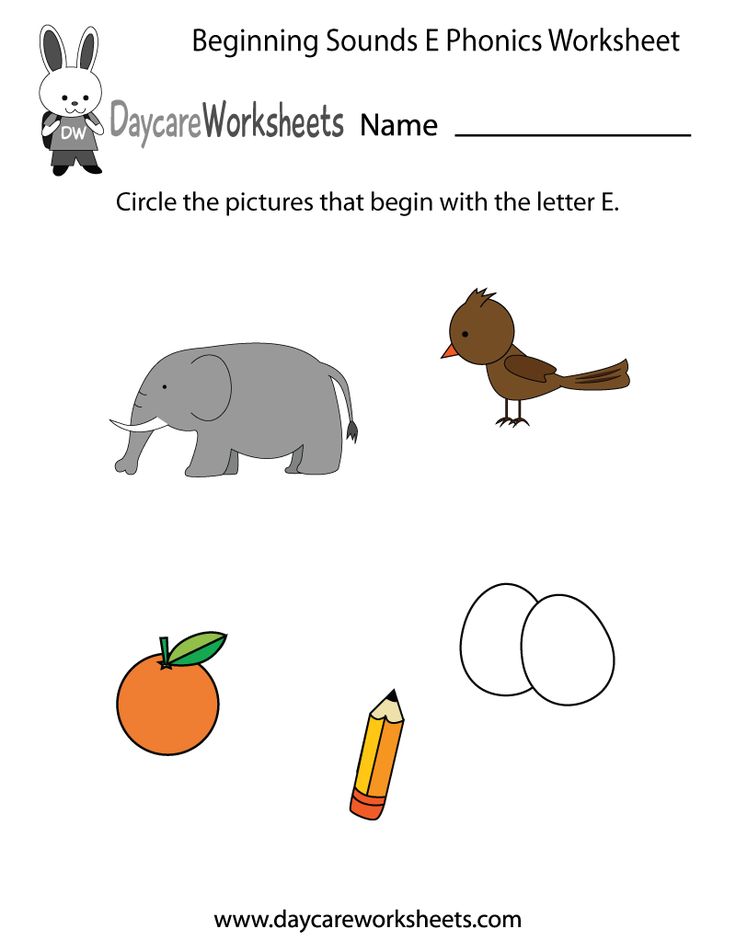 Purpose: To develop speech hearing and the ability to imitate sound.
Purpose: To develop speech hearing and the ability to imitate sound.
Equipment: Toy rooster, chicken, cat, dog, cow.
Move: The teacher expressively reads the poem and shows the appropriate toys.
Ku-ka-re-ku! I guard chickens.
Whoops! Ran down in the bushes.
Mur-mur-mur, I'm scaring chickens!
Umm! Who's there?
Quack-quack-quack! Rain tomorrow morning!
Moo-moo-moo! Milk to whom? (A. Barto) After reading the poem, the teacher asks the child questions: “How does a cow moo?”, “How does a dog bark?”, “How does a duck quack?”
Knock knock exercise. Purpose: To develop the vocal apparatus, teach loud and quiet, fast and slow pronunciation. Fix the correct pronunciation of the sounds "t" and "k". Develop a sense of rhythm.
Move: The teacher shows the hammer and offers to listen to how he knocks “knock-knock-knock”.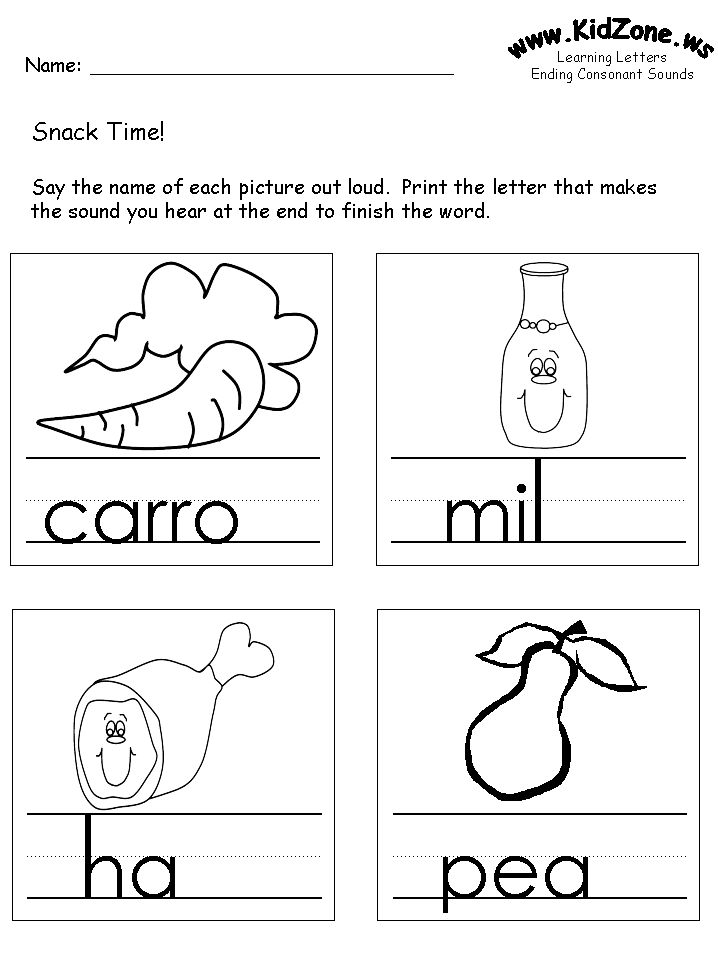 The child imitates tapping: with a fist - a hammer knocks on the palms and repeats "knock-knock-knock". The teacher says: “My hammer can knock loudly (knocks and says loudly “knock-knock-knock”), or maybe quietly (shows)”. The kid repeats. Further, the teacher says that you can knock with a hammer quickly and slowly (shows and pronounces the onomatopoeia “knock-knock-knock” at a fast and slow pace). The kid repeats. At the end of the game, you can let the child knock with his hammer.
The child imitates tapping: with a fist - a hammer knocks on the palms and repeats "knock-knock-knock". The teacher says: “My hammer can knock loudly (knocks and says loudly “knock-knock-knock”), or maybe quietly (shows)”. The kid repeats. Further, the teacher says that you can knock with a hammer quickly and slowly (shows and pronounces the onomatopoeia “knock-knock-knock” at a fast and slow pace). The kid repeats. At the end of the game, you can let the child knock with his hammer.
Exercise. The poem "Wow-Wow". Purpose: To achieve from children a clear pronunciation of sounds in various onomatopoeia. Preparatory work. Pick up pictures with images: a puppy, a horse, a calf, a chicken, a kid, a magpie, a goose.
Stroke:
Woof! Woof! - at dawn,
“Woof! Woof! - outside.
A puppy ran in the yard,
And in the stable the horse neighed.
He was angry: “What are you doing
disturbing your sleep? Wow!"
And the calf said: "Mu!"
He prevents him from sleeping.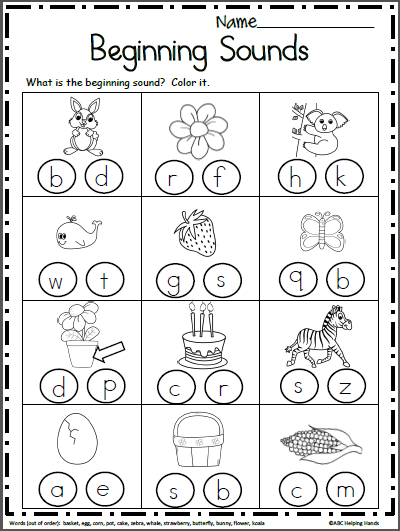
And the calf said: “Pee!
You, puppy, get some sleep!”
A kid: "Me!" yes "Me!",
"They didn't let me take a nap."
And the puppy is all "Woof!" yes "Woof!",
He has a cheerful disposition!
And this cheerful disposition
It's called "Woof-Woof!"
Exercise "What appeared?". Purpose: To achieve the correct pronunciation of the sound "g" in words, to form the ability to pronounce words clearly, loudly enough, to develop phonemic hearing.
Content: The teacher puts toys on the table that have the sound “g” in their names (giraffe, hedgehog, etc.). The guys name them. Then the teacher covers the toys, swaps them and adds a new one, also having the sound “g” in the name, for example, a teddy bear or a flag. Opening it, he asks what's new. Then the teacher invites the children to choose the words themselves, in which there is a sound "g".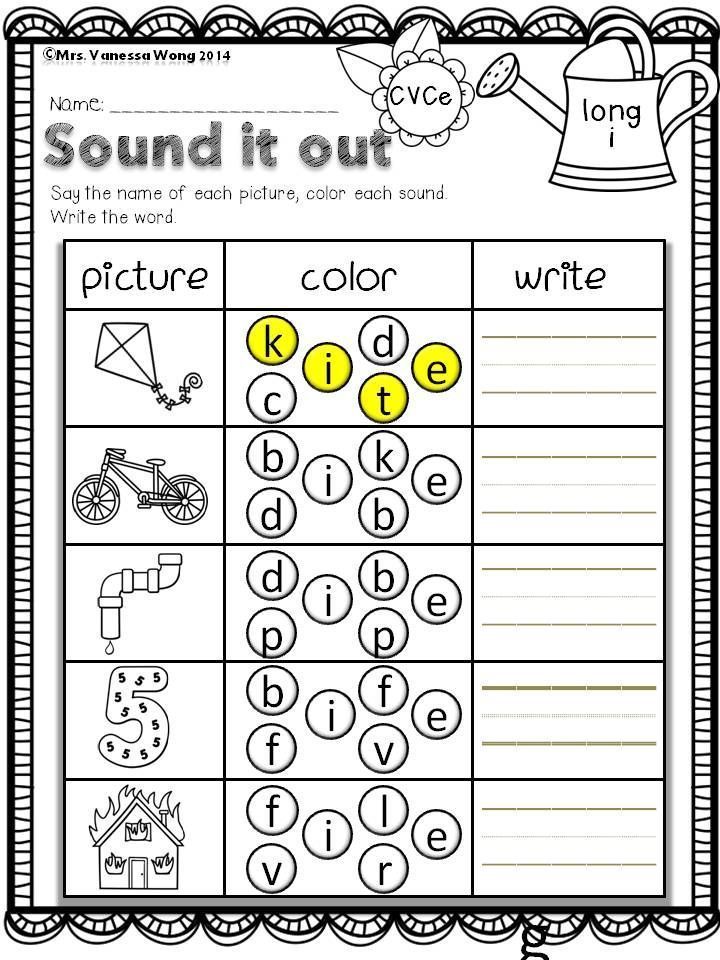
Exercise “Tea for Tanechka”. Purpose: Automation of the sound "h" in sentences.
Description of the exercise: Children sit in front of the teacher's table. On it stands a puppet table with a tea set, around which four puppets sit on chairs. The teacher says: "Children, let's give the dolls affectionate names." Children call them: "Tanechka, Valechka, Anechka, Manechka." Then the teacher calls one child and invites him to pour tea from the teapot into Tanechka's cup. The child accompanies his actions with the words: “I take the teapot and pour tea into Tanechka’s cup. I give Tanechka a cookie. Having put the child in place, the teacher asks other children: “What did Seryozha do?” The children answer. Then another child is called, and the teacher offers him to complete the task.
Exercise "Be careful." Purpose: To teach children to pronounce the sound "u" in words correctly.
Content: Children sit facing the teacher.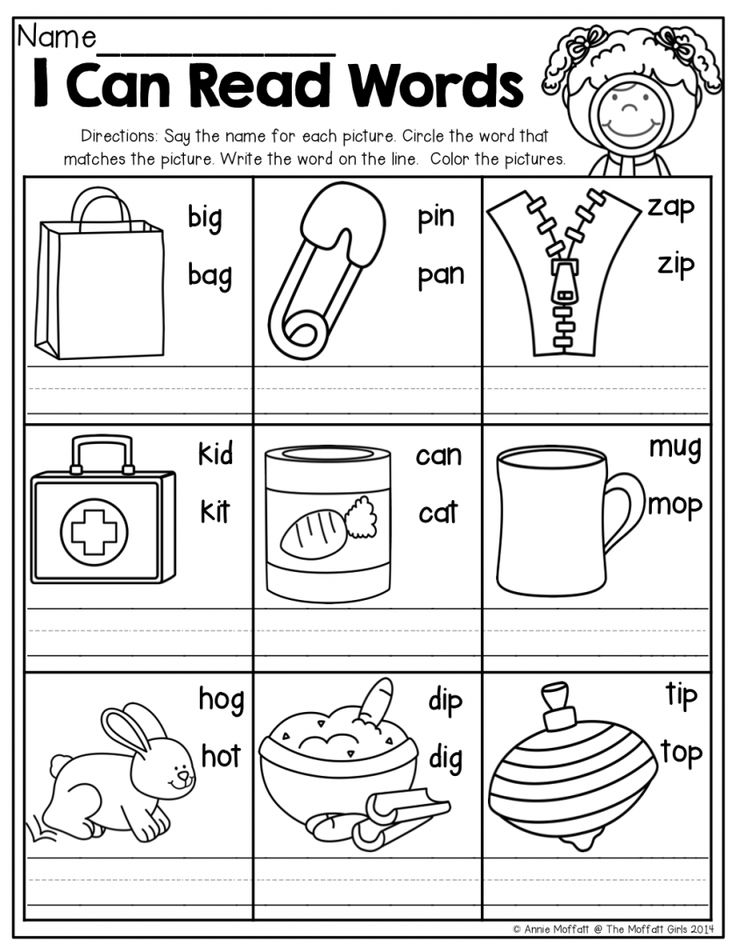 He suggests:
He suggests:
- Today we will look for the sound "u" in words. I say the words, and you clap your hands if you hear this sound. (Words: pike, lamp, broom, brush, train, cubes, puppy, cabbage soup, bread, firewood, chips, etc.)
Exercise "Red - White". Purpose: Finding the sound in the word, perceived by ear.
Equipment: Two mugs per child (red and white).
Description of the exercise: The teacher asks the children to listen carefully and determine which word has the given sound. If there is a given sound in the word, the children must raise the red circle, if not, they raise the white circle.
The sound “a” is given, the bow is a white circle, the poppy is a red circle.
The sound “k” is set, the cabbage is a red circle, the ball is a white circle.
Exercise "What is the object for?". Purpose: To fix the pronunciation of a certain sound in syllables and words.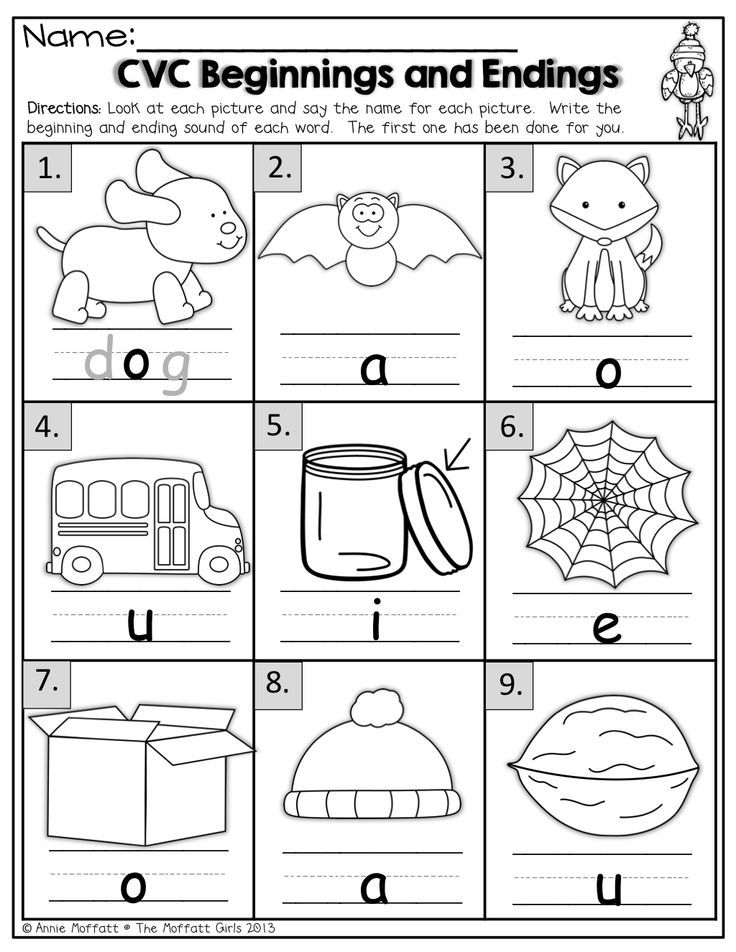
Material: Texts of tongue twisters.
Course of the exercise:
- Guys, there are funny rhymes that don't tell anything, they are just funny. Let me start telling them, and you continue:
"Sa-sa-sa" - lives in the forest ... (wasp, fox)
"So-so-so" - rolled the axle ... (wheel)
"Su-su-su" - I take ... (scythe)
"Sy-sy-sy" - sting from ... (wasps).
Exercise. Fairy tale "Once upon a time there were sounds." Purpose: to remind children of the structure of the articulatory apparatus; introduce the concept of vowels and consonants and their color designation; improve phonetic - phonemic perception; develop motor skills of the articulatory apparatus.
Material: chips of red and blue colors, conditional houses of red and blue colors, object pictures for vowels and solid consonants, ball, pencils of red and blue colors.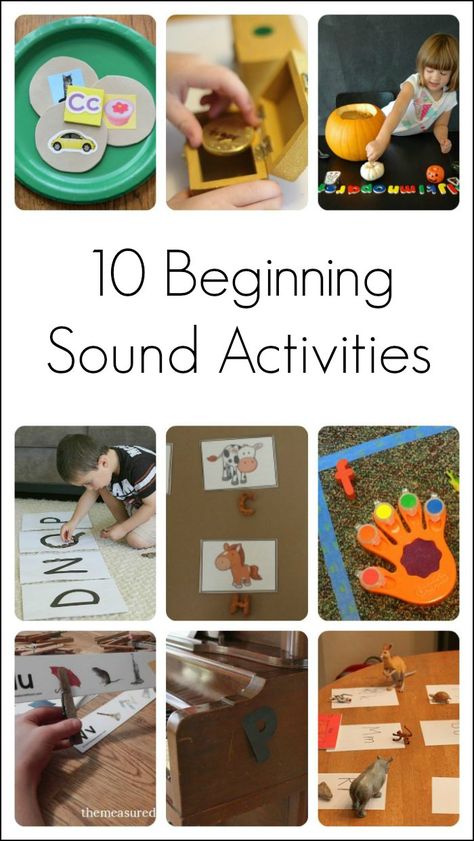
Course of the lesson: Reading the didactic fairy tale "Once upon a time there were sounds."
“Not in a certain kingdom, not in a certain state, but sounds live and live in your mouth. The house, they have such a good one (open your mouth). There is a ceiling (touch the upper palate with your tongue). The floor is the lower palate, the door is the lips. There are even bone gratings for strength (to close and open the teeth). Everything would be fine, but the Serpent Gorynych settled in the house (move the tip of the tongue). And he began to do his evil deeds. He skips some sounds freely, like this (clear articulation of the teacher): “a”, “o”, “y”, “s”, “e”, “and”. These sounds pass freely and wear red dresses. They are called vowels. And in the way of other sounds, the Serpent Gorynych builds various barriers: either the door will close “mmm”, then it will press “t-t-t” to the ceiling, then it will make the sounds hiss “sh”, snort “f”, whistle “s ", wheeze "x".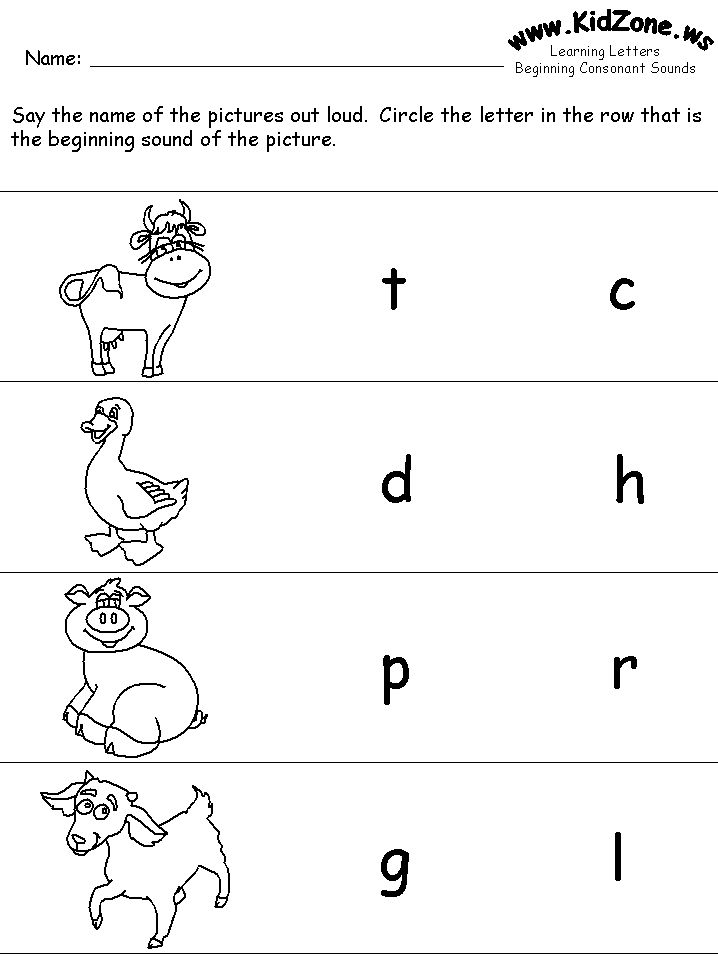 That beats the Serpent Gorynych with the tail "r". These sounds do not pass freely through the mouth, they wear blue dresses and are called consonant sounds ”(According to L.P. Tsareva). The teacher, together with the children, pronounces these sounds, clearly articulating them.
That beats the Serpent Gorynych with the tail "r". These sounds do not pass freely through the mouth, they wear blue dresses and are called consonant sounds ”(According to L.P. Tsareva). The teacher, together with the children, pronounces these sounds, clearly articulating them.
Section 3 "Exercises to work on diction, tempo and rhythm of speech, speech breathing, voice power and intonational expressiveness"
Exercise "Loud - quiet". Purpose: To develop the ability to change the strength of the voice: speak either loudly or quietly.
Equipment: Large and small dogs or other toys.
Move: The teacher shows two dogs and says: “The big dog barks loudly: “Av-Av”. How does a big dog bark? (child repeats loudly). And the little dog barks quietly: "Av-Av." How does a small dog bark? (child repeats quietly).
Exercise "Come play with us." Purpose: To develop the ability to use a loud voice.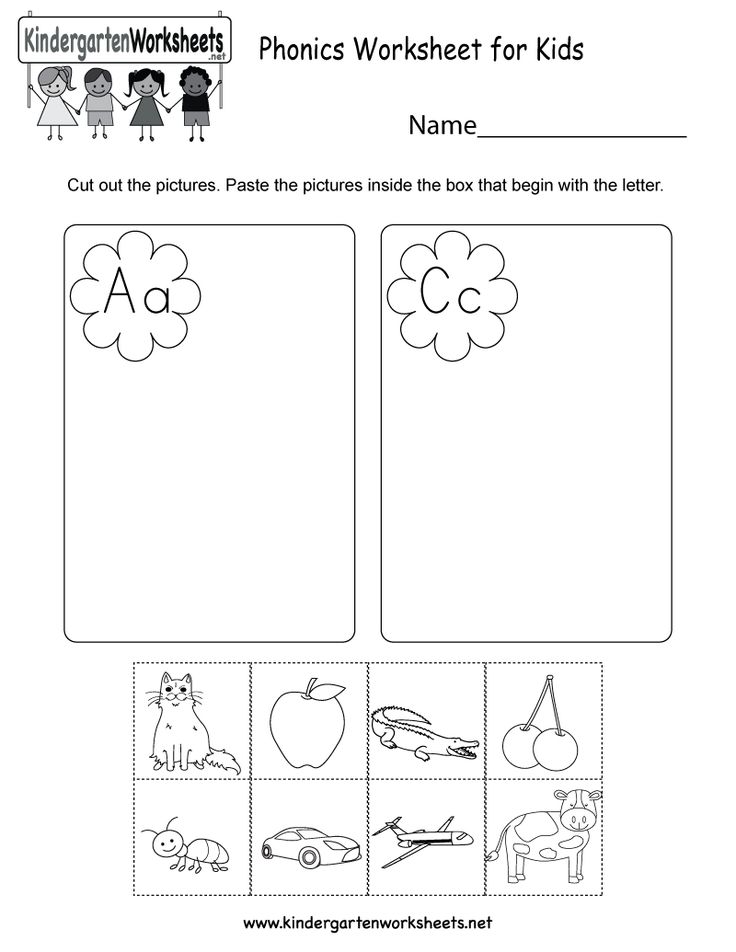
Equipment: Teddy bear, bunny, fox or other animals.
Move: At a distance of 2-3 meters from the baby, the teacher arranges toys and says: “It’s boring for a bear, a bunny and a fox to sit alone. Let's invite them to play with us. In order for them to hear us, you need to call loudly, like this: “Bear, go!”. The kid, together with the teacher, calls the bear, bunny and fox and plays with them. It is important to ensure that the child calls toys loudly, but does not scream.
Exercise "Don't wake up the doll". Purpose: To develop the ability to use a quiet voice.
Equipment: Doll with closing eyes, crib with bedding, small toys (cube, ball, car, etc.), toy box.
Move: The teacher says, pointing to the bed with the sleeping doll: “Katya walked a lot, got tired, had lunch and fell asleep. And we need to put away the toys, but very quietly so as not to wake Katya. Tell me quietly which toy should be put in the box.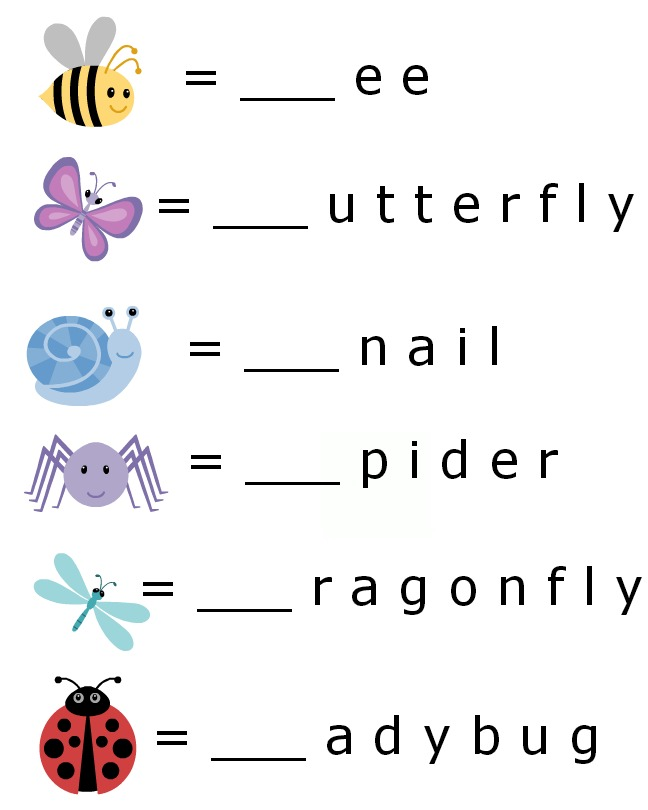 The child quietly names the toy. It is important to ensure that the baby speaks quietly, but does not whisper.
The child quietly names the toy. It is important to ensure that the baby speaks quietly, but does not whisper.
Exercise "Dandelion". Purpose: To develop the ability to exhale air through the mouth for a long time and smoothly, to activate the muscles of the lips.
Stroke: The exercise is performed outside. The teacher offers the child to pick a faded dandelion and blow on it so that all the fluffs fly off. The child can do this by blowing on the flower 3-4 times. It is important to monitor the correct exhalation.
Dandelion, what a
You look like a cloud.
Scary even to look at:
No matter how the cloud blows away.
Exercise "Bunny". Objective: to distinguish between cold and warm jets of exhaled air.
An adult reads a poetic text:
It's cold for a bunny to sit
It is necessary to warm up the paws (blowing on the child's hands, folded like a boat, with a warm stream of air).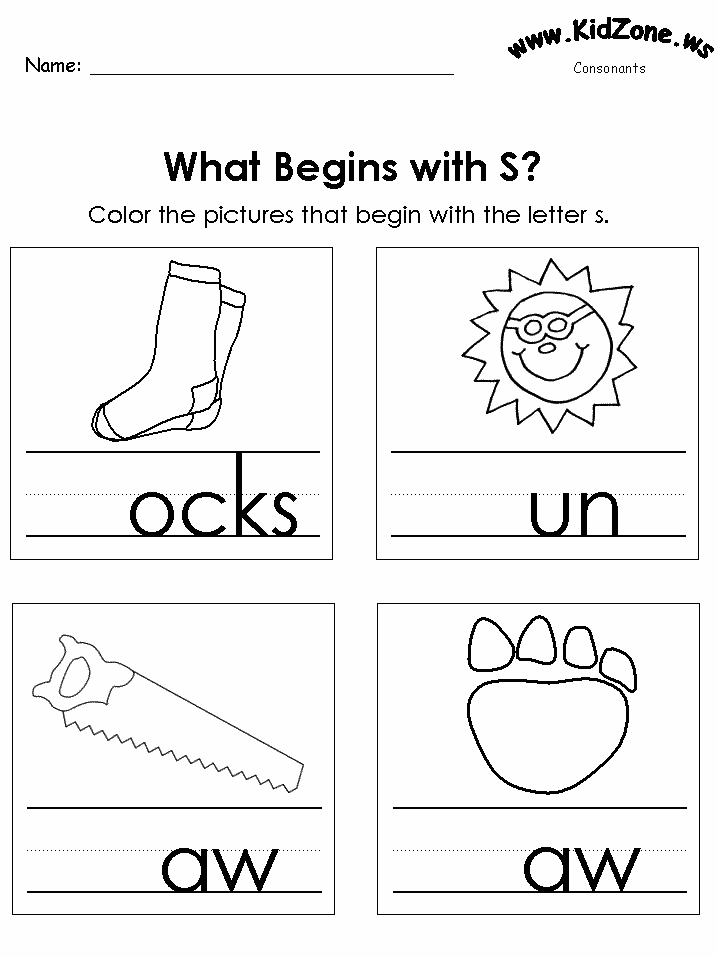
Hare's foot burned.
Blow on her friend (blowing on the child's hands using a cold stream of air).
Then the child is also asked to blow.
Exercise "Fragrant boxes". Task: to form a nasal breath.
Equipment: For the game it is necessary to prepare a set of boxes with various fillings (spruce or pine needles, spices, orange peels).
An adult invites the child to smell each box from the set and ask: “What does it smell like?”, Then examine its contents.
Exercise "Who wins?" Goal: Development of voice power and speech breathing. Activation of the muscles of the lips and lower jaw.
Description of the exercise: The teacher calls two children and puts them facing each other. At the signal of the teacher, the children simultaneously begin to pronounce, first quietly, then loudly, the vowel sounds “a, o, u, i, e. ” Whoever pulls the sound longer wins. First, the winner is determined by the teacher. Then you can instruct the children to determine who won. The teacher should only ensure that the children do not lower the strength of the voice to the end of the sound and do not overstrain the muscles of the neck.
” Whoever pulls the sound longer wins. First, the winner is determined by the teacher. Then you can instruct the children to determine who won. The teacher should only ensure that the children do not lower the strength of the voice to the end of the sound and do not overstrain the muscles of the neck.
Exercise "Beep". Goal: Development of voice power and speech breathing. Activation of the muscles of the lips.
Description of the exercise: Children stand in a row facing the teacher and raise their hands through the sides up, touch with their palms, but do not produce a clap. Then slowly lower through the sides down. Simultaneously with the lowering of the hands, the children pronounce the sound "u" at first loudly, and then gradually quieter. Lowering their hands, they fall silent.
First, the teacher himself shows the actions, then calls two children who, together with him, perform actions and make a sound, the rest of the children only make movements with their hands.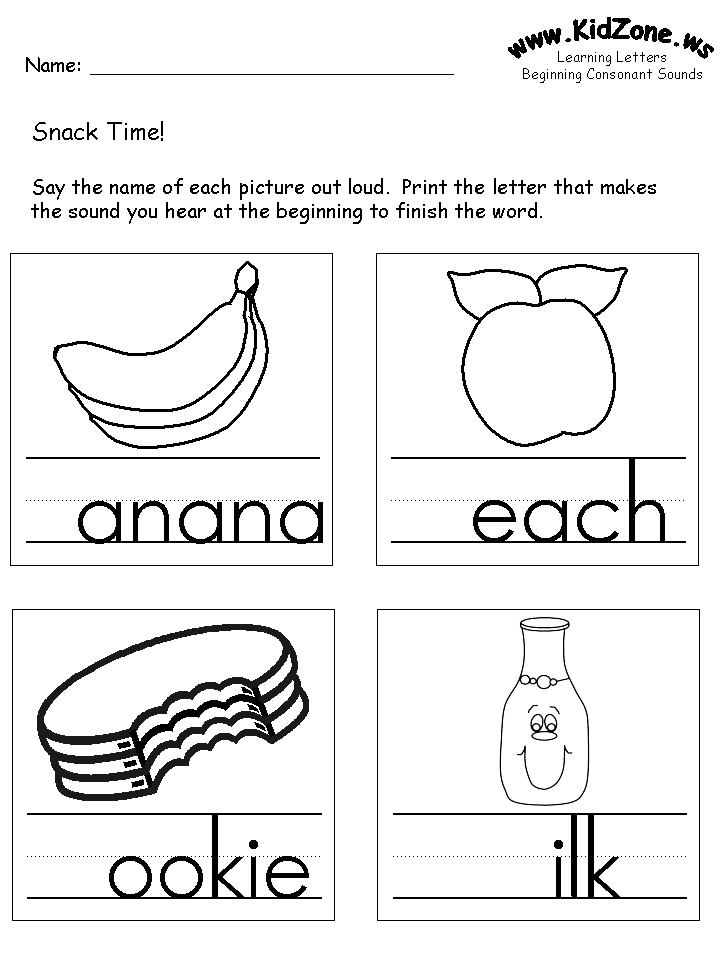 Then the whole group plays.
Then the whole group plays.
Exercise "Come up with a phrase." Purpose: Development of phrasal speech, speech breathing. Correct sentence structure.
Equipment: Narrative pictures from the loto “What we do”.
Description of the exercise: One plot picture is shown. The teacher comes up with a short phrase based on it (of 2-3 words), then invites the child11 to complete his phrase with one new word. Each called child lengthens the phrase by one more word. For example, the teacher says: Tanya is playing. The child repeats the sentence and adds on the street. The next one repeats the sentence "Tanya is playing outside" and adds in the sandbox. The winner is the one who comes up with the last word to the sentence: and pronounces the whole phrase correctly. Short phrases (3-4 words) are pronounced on one exhalation, and long ones with a pause after 3-4 words. When children master the rules of the game, you can invite them to invent and lengthen phrases without pictures.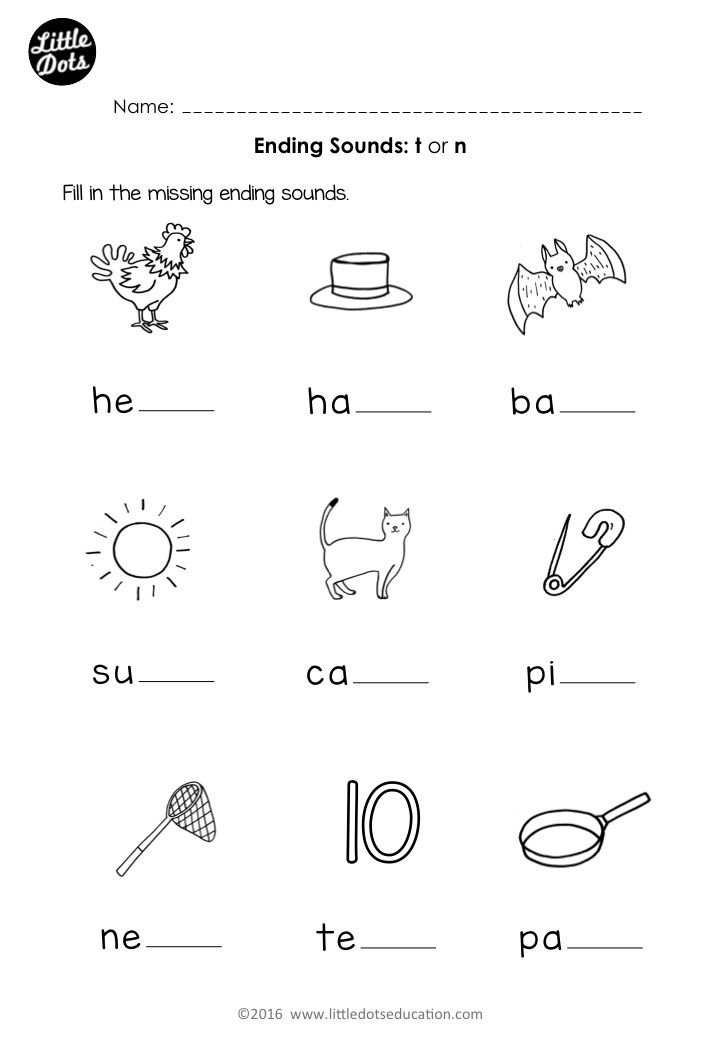
Exercise "Say a sentence". Purpose: to teach to convey various feelings by intonation (joy, indifference, chagrin).
The teacher calls the sentence: "It's raining." Children must repeat it with different intonations - so that it is clear that they are happy, happy; that they are dissatisfied, it upsets them, etc. The same task is performed, with other sentences the sun is shining, it is snowing, the snowdrop has blossomed.
Exercise "Learn by intonation". Purpose: education of expressiveness of speech and facial expressions.
Description of the exercise: Each child takes turns pretending to be sick, or angry, or surprised, or cheerful. In this case, you need to pronounce short words with a certain intonation: Ai-ai-ai!
Oh-oh-oh!
Ah-ah-ah!
Oh-oh-oh!
The rest of the children must guess by the expression of the face, the whole posture of the speaker and intonation, who the leader is portraying, you can invite the children to explain in more detail the behavior of the leader: why is he sad or why is he surprised, etc.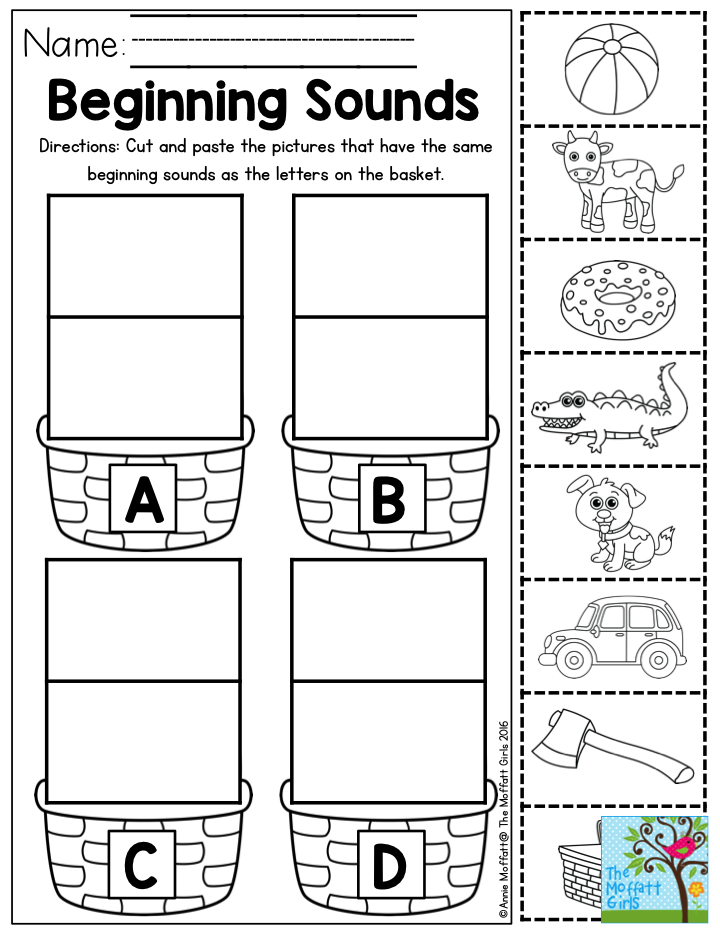 For the expressiveness of speech and for a detailed story, children are encouraged.
For the expressiveness of speech and for a detailed story, children are encouraged.
Exercise "Bear and Tree". Purpose: education of expressiveness of speech and the ability to change the timbre of the voice.
Description of the game: The teacher chooses two children: one will be a bear, the other, for example, a fox. From different parts of the room, they should go towards each other. When they meet, a dialogue takes place:
Fox. Where are you going, bear?
Bear. In the city, look at the Christmas tree.
Fox. What is she to you?
Bear. It's time to celebrate the New Year.
Fox. Where will you put it?
Bear. I'll take it to the forest, to my home.
Fox. Why didn't you cut it in the forest?
Bear. It's a pity, I'd better bring it.
When pronouncing this dialogue, children should imitate the voices of animals, i.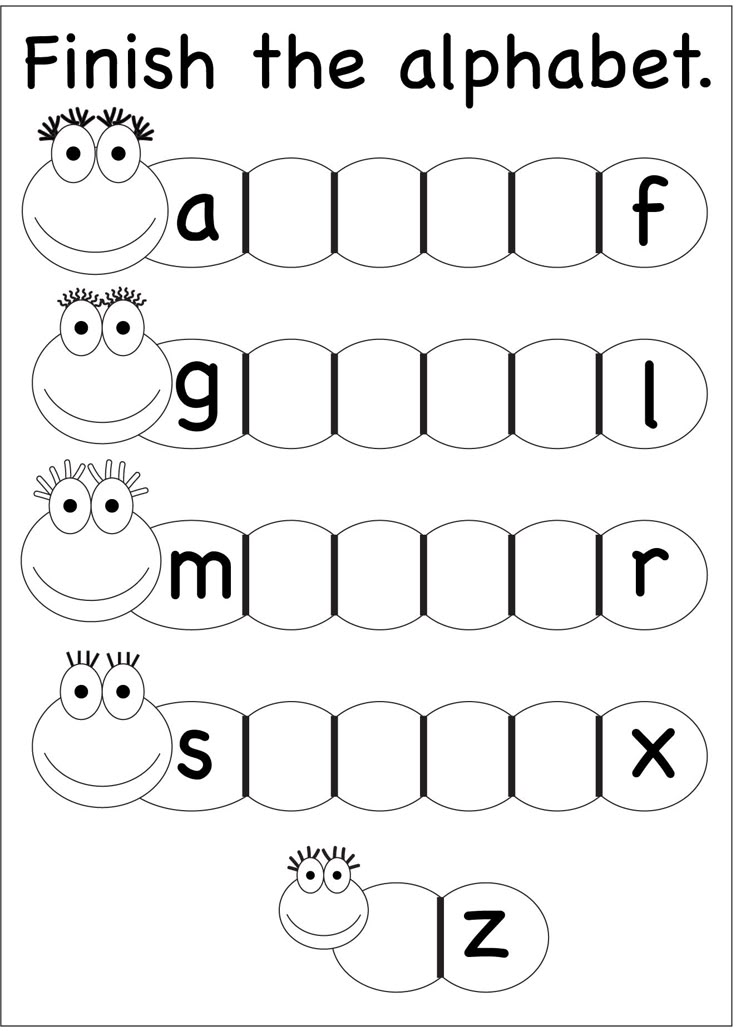 e. change the timbre of the voice. Whoever does it the most successfully is encouraged. The game is repeated, the bear may meet another animal.
e. change the timbre of the voice. Whoever does it the most successfully is encouraged. The game is repeated, the bear may meet another animal.
References
-
Alekseeva M.M., Yashina B.I. allowance for students. higher and avg. ped. textbook establishments. - 3rd ed., stereotype. - M .: Publishing Center "Academy", 2000 - 400 p.
-
Gerbova V. V. Development of speech in kindergarten: Middle group (4-5
years old), “The program of education and training in kindergarten” / edited by M. A. Vasilyeva, V. V. Armorial, T. S. Komarova, corrected. and additional - M .: Mosaic-Sintez, 2015, - 80 p.
-
Lopukhina I. V. Speech therapy. 550 entertaining games and exercises
for the development of children's speech. M .: Aquarium, 1995.

